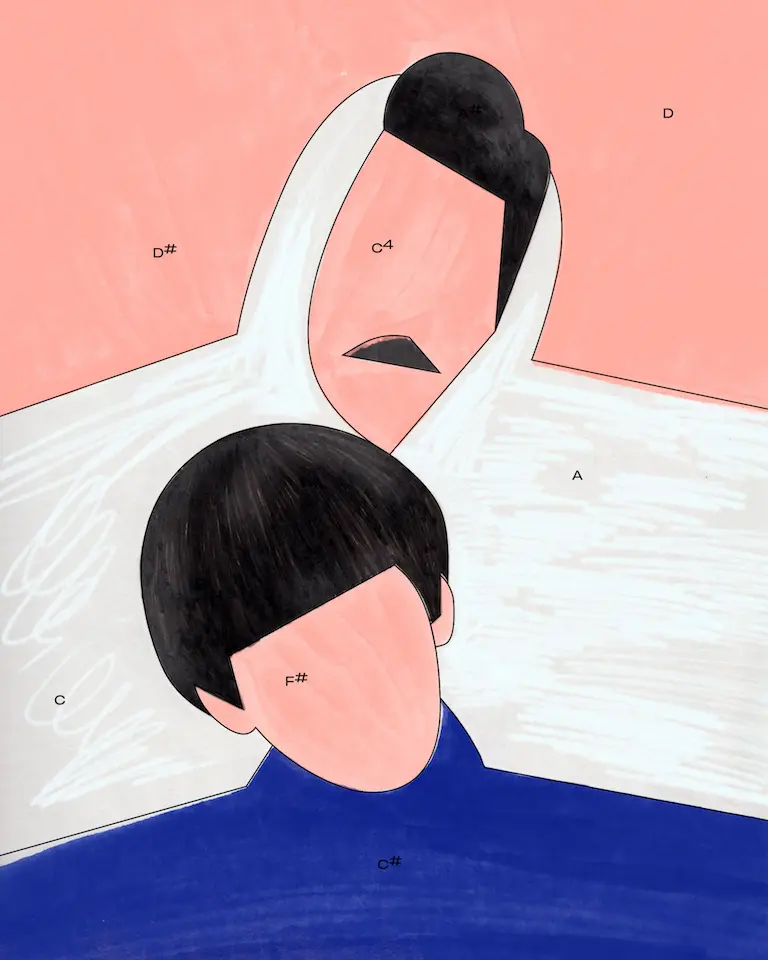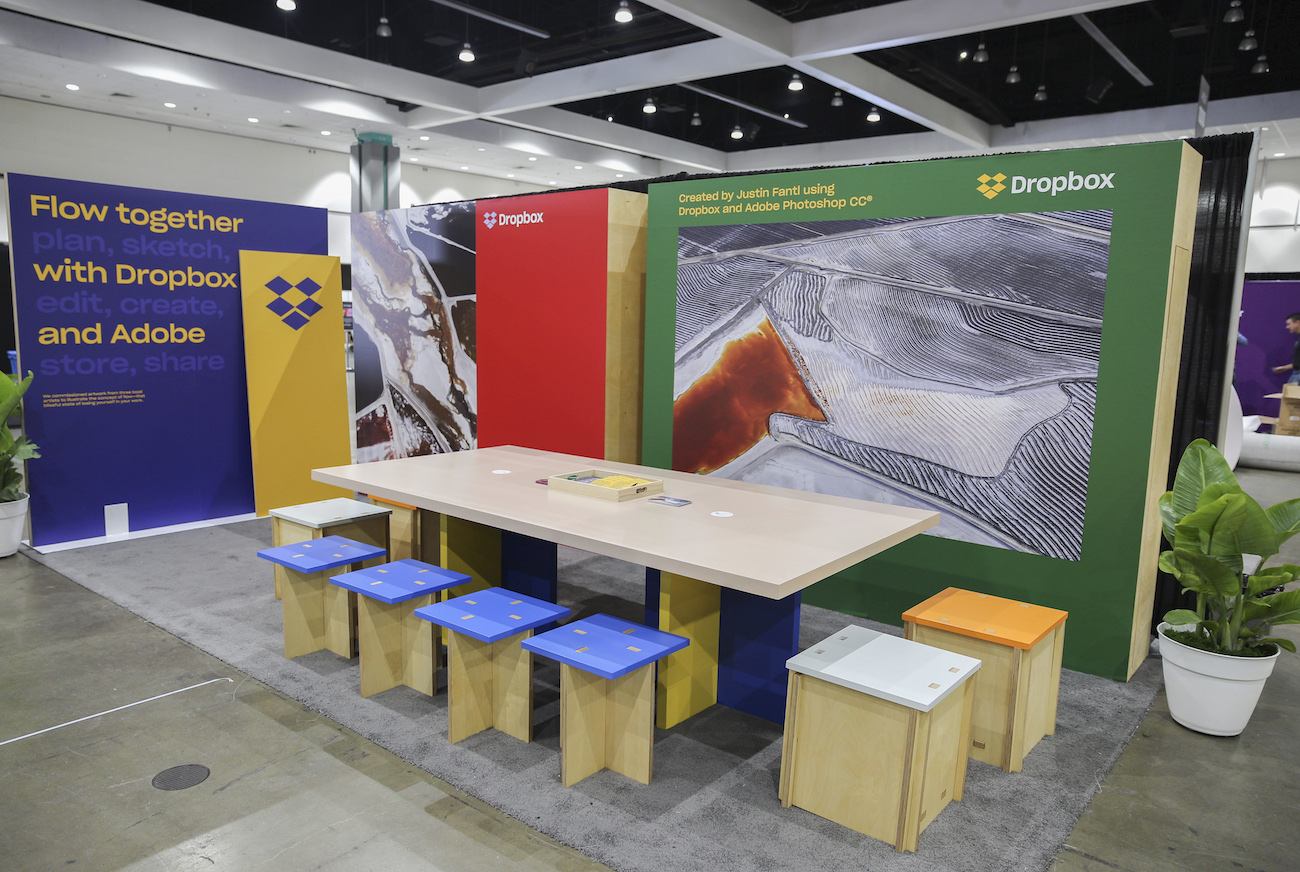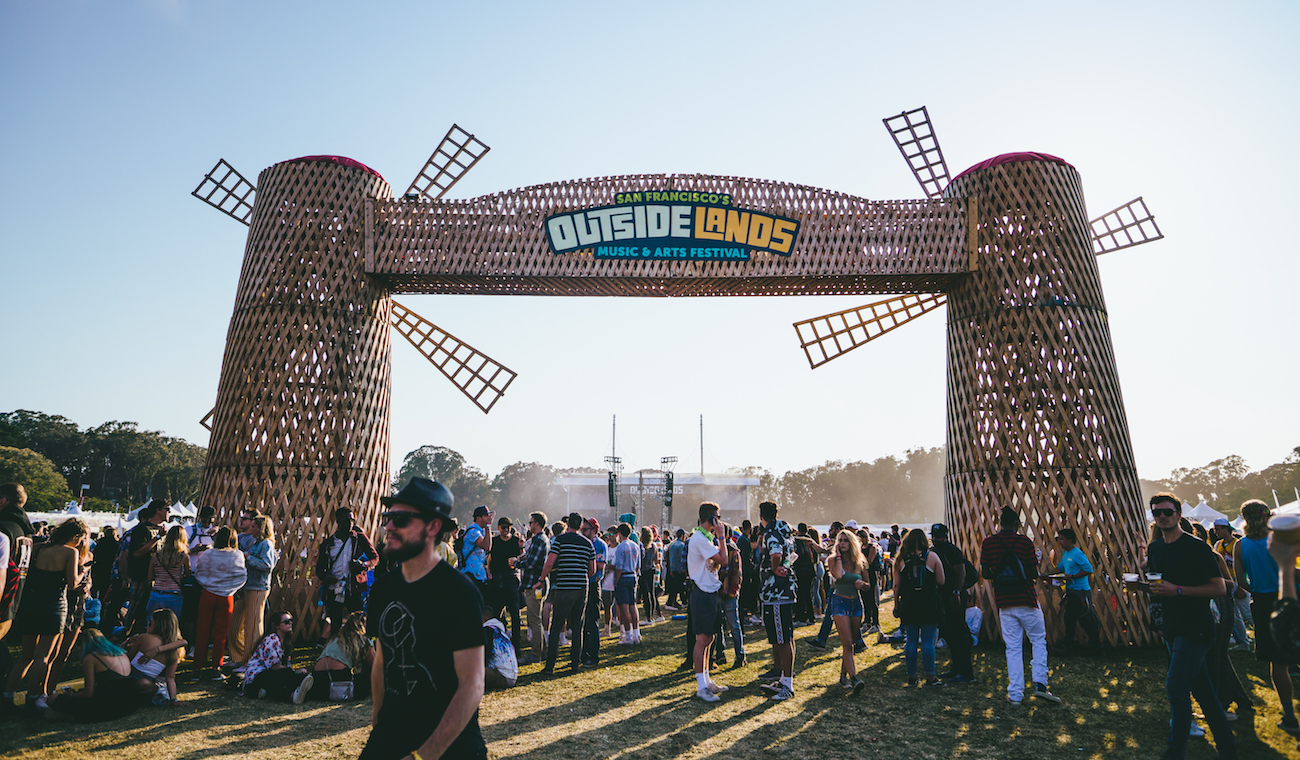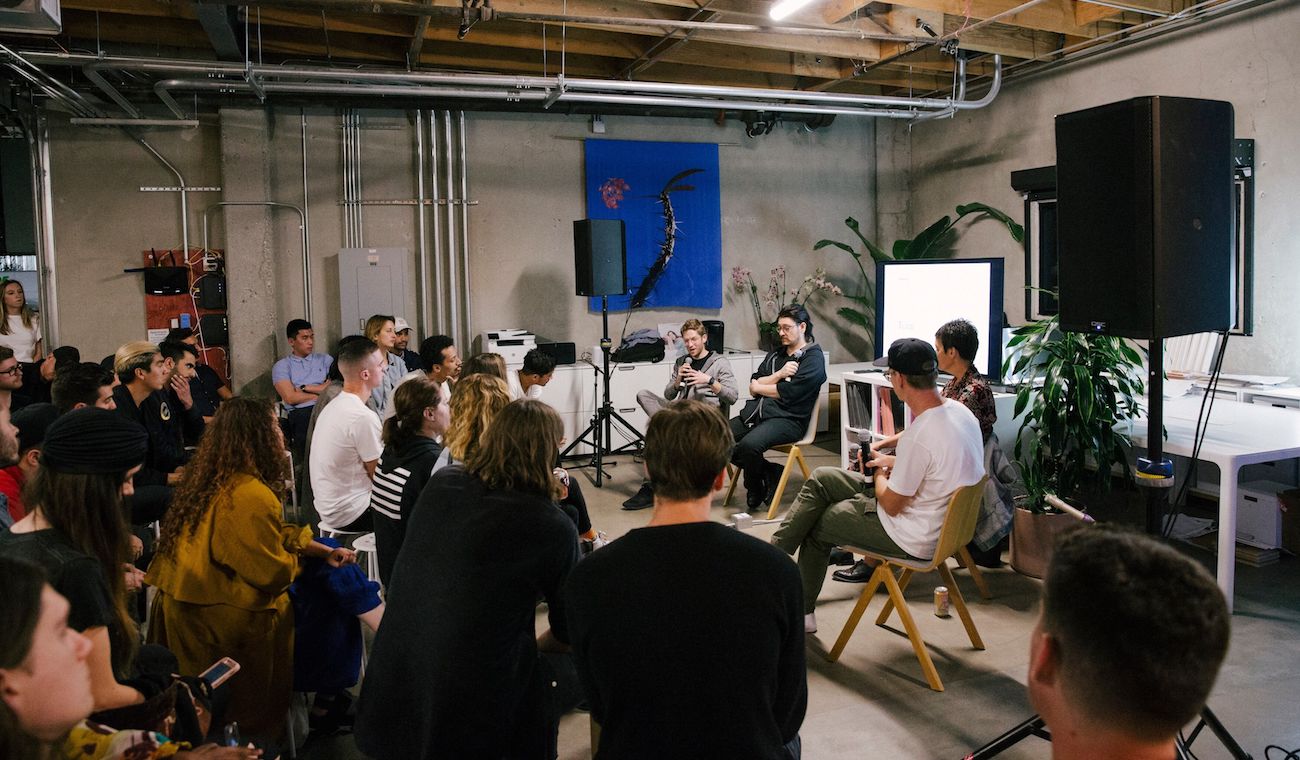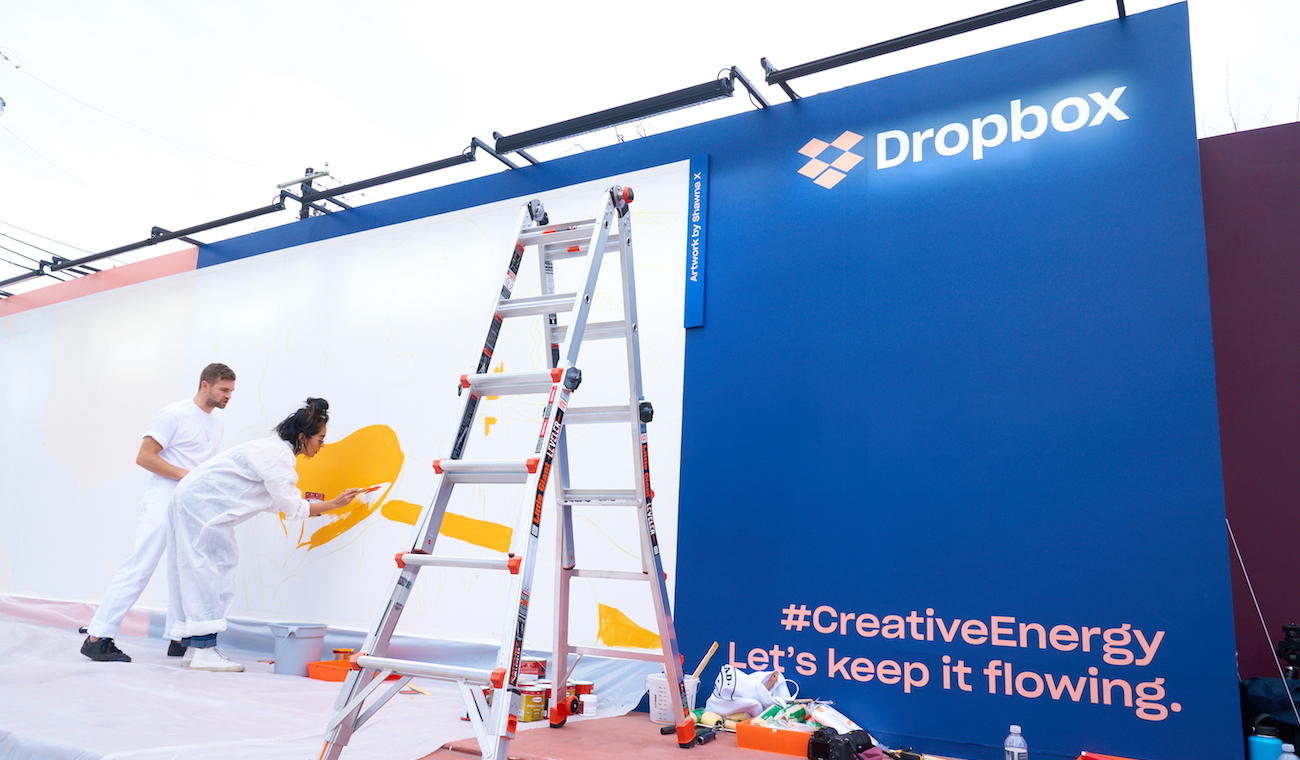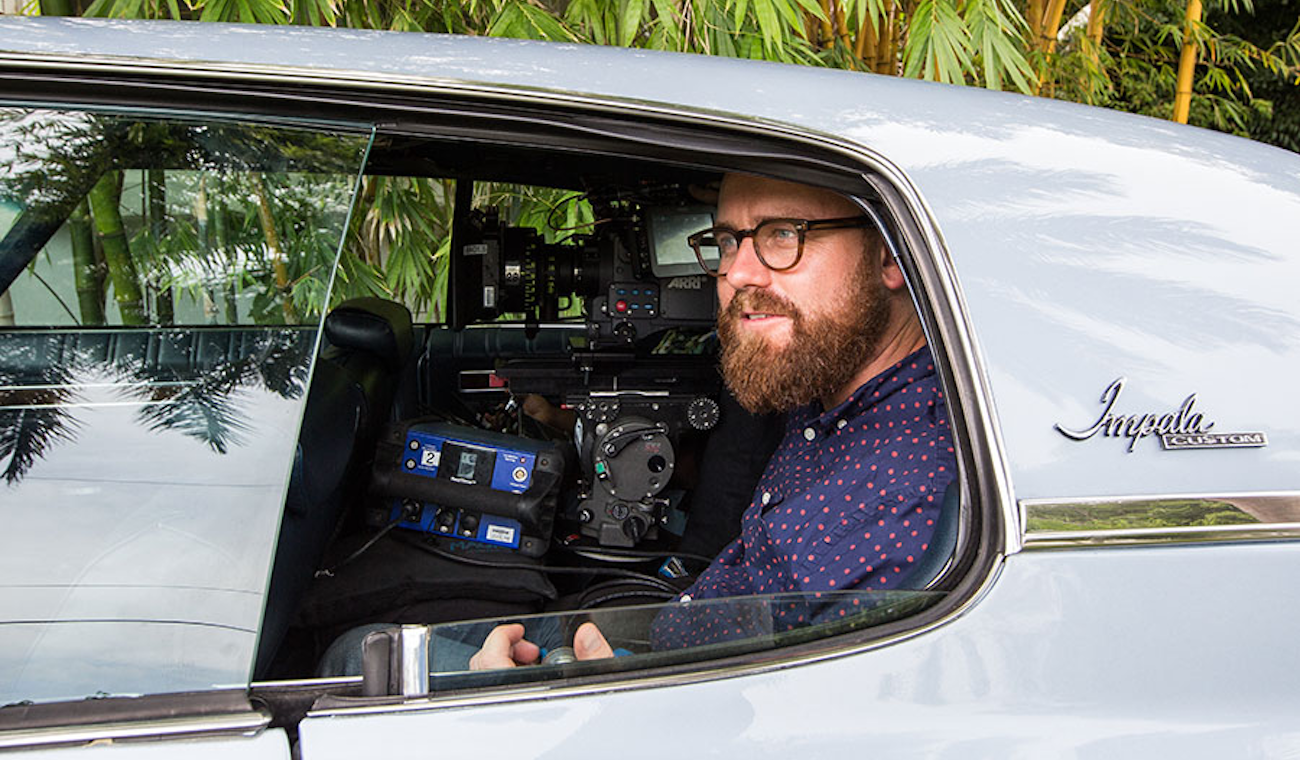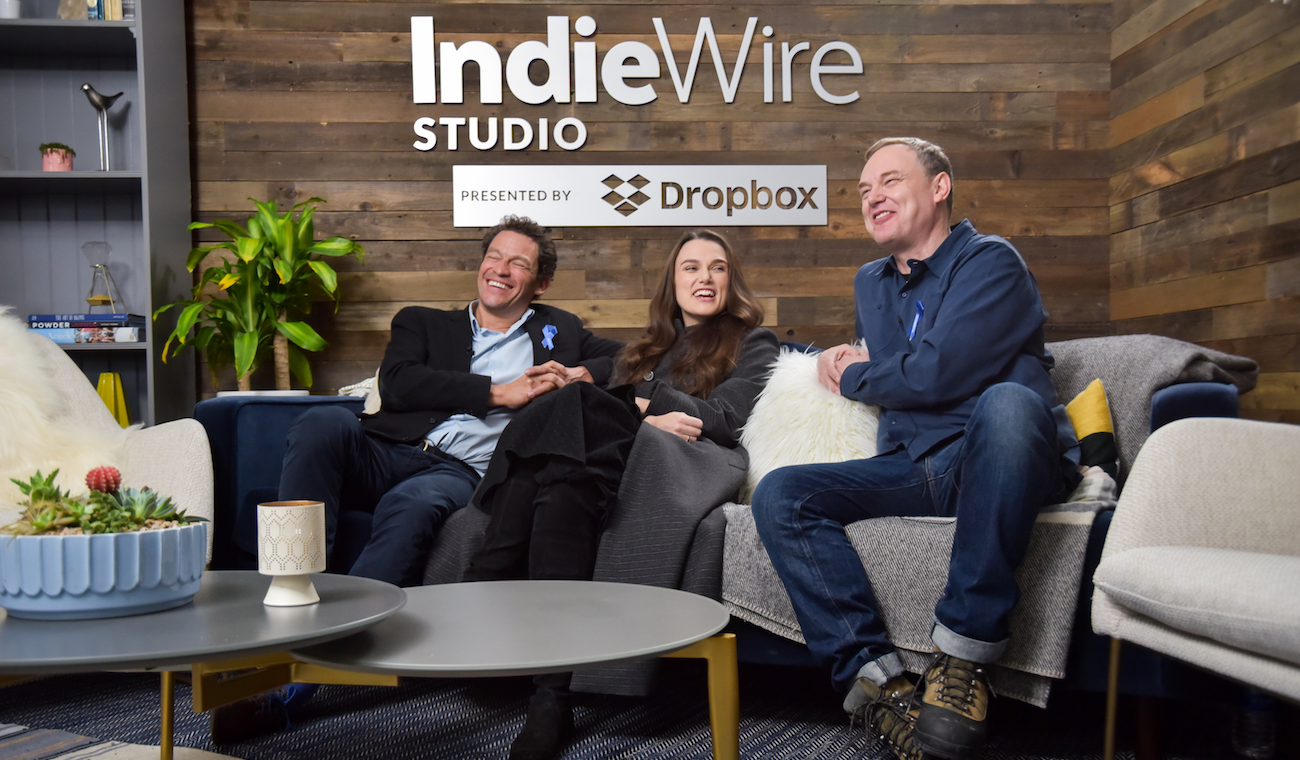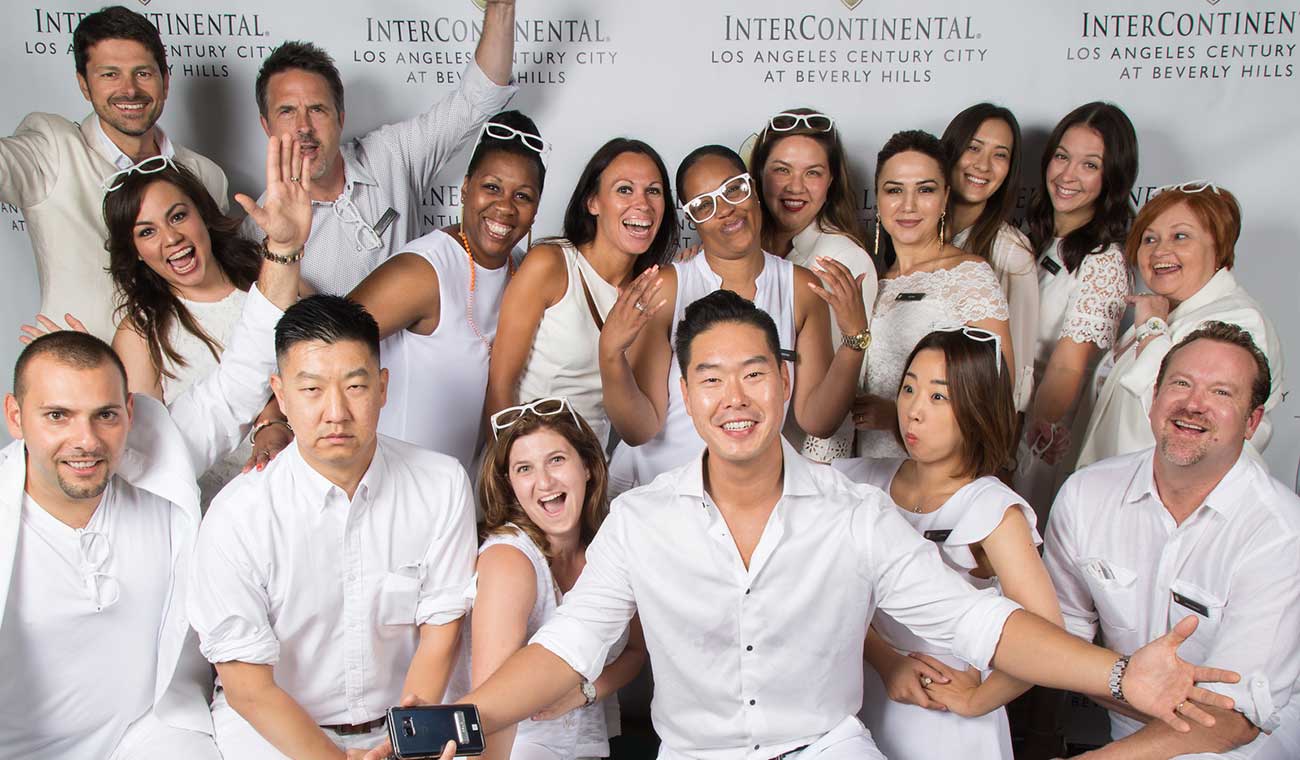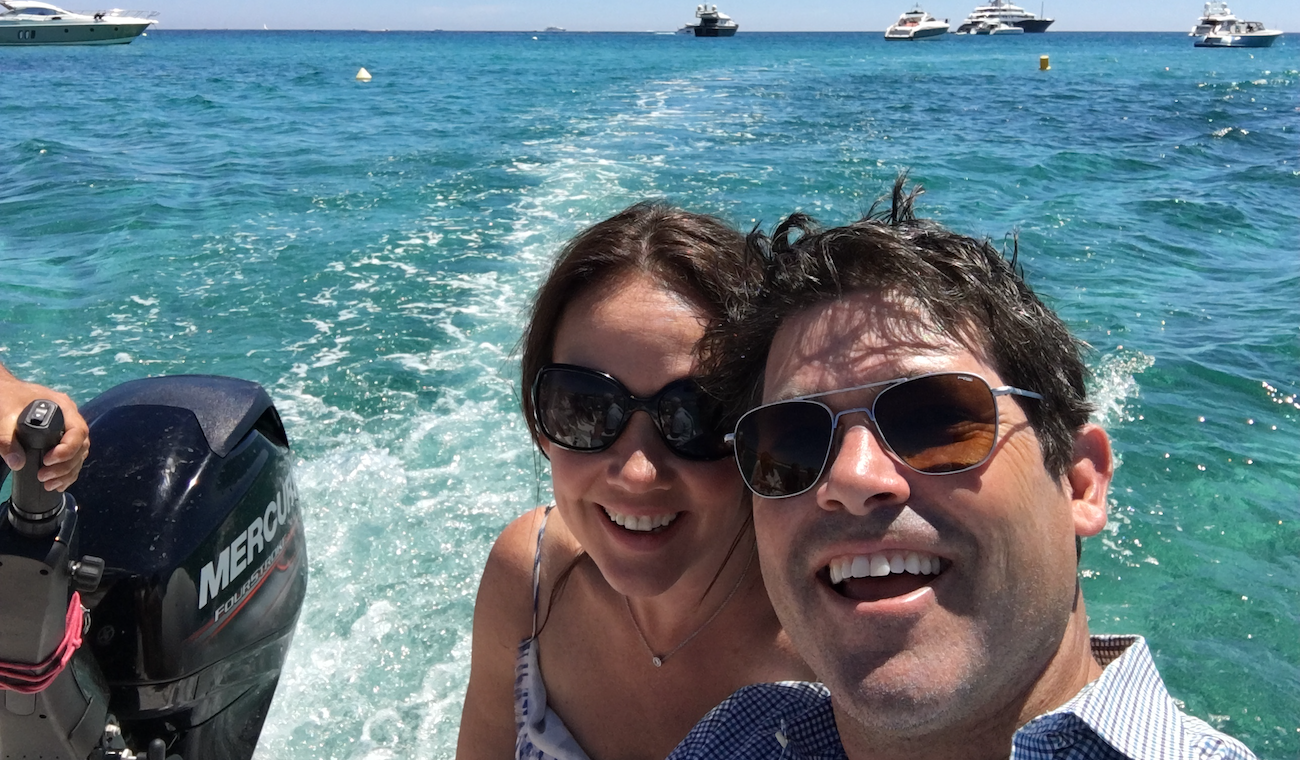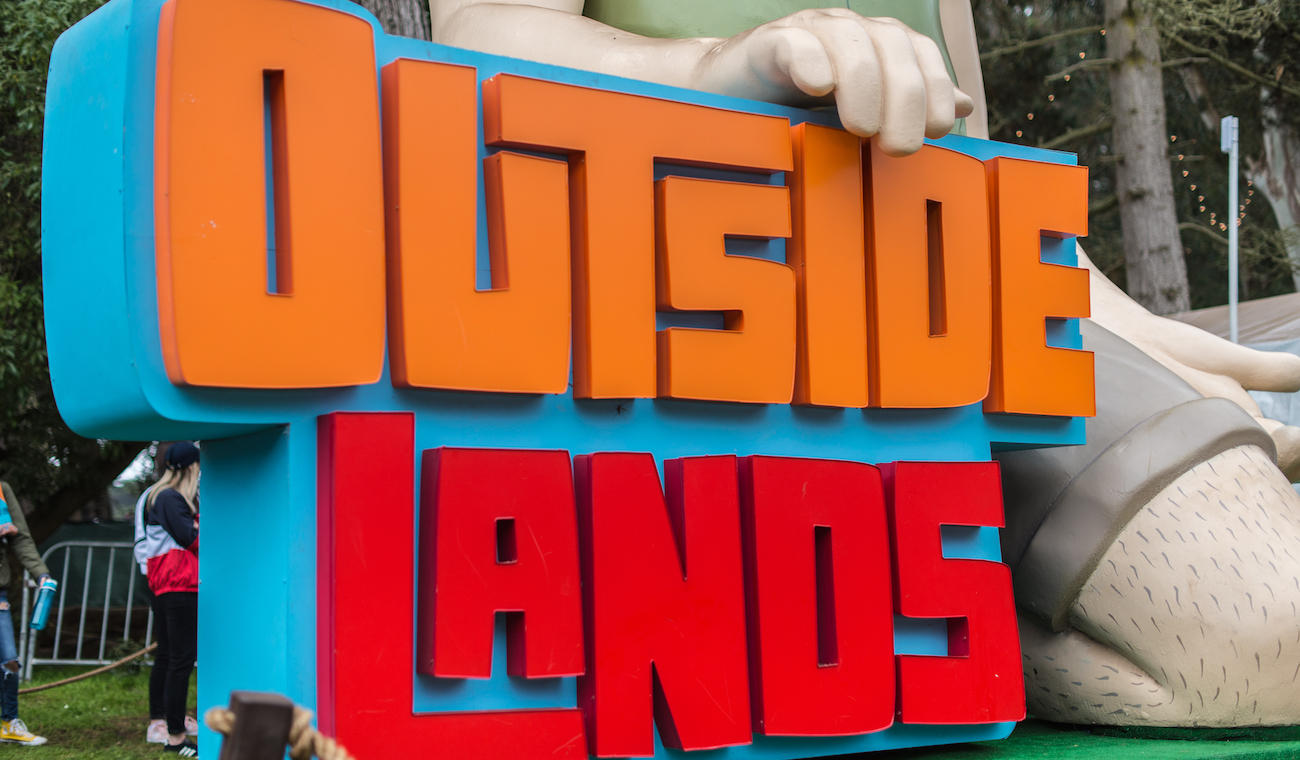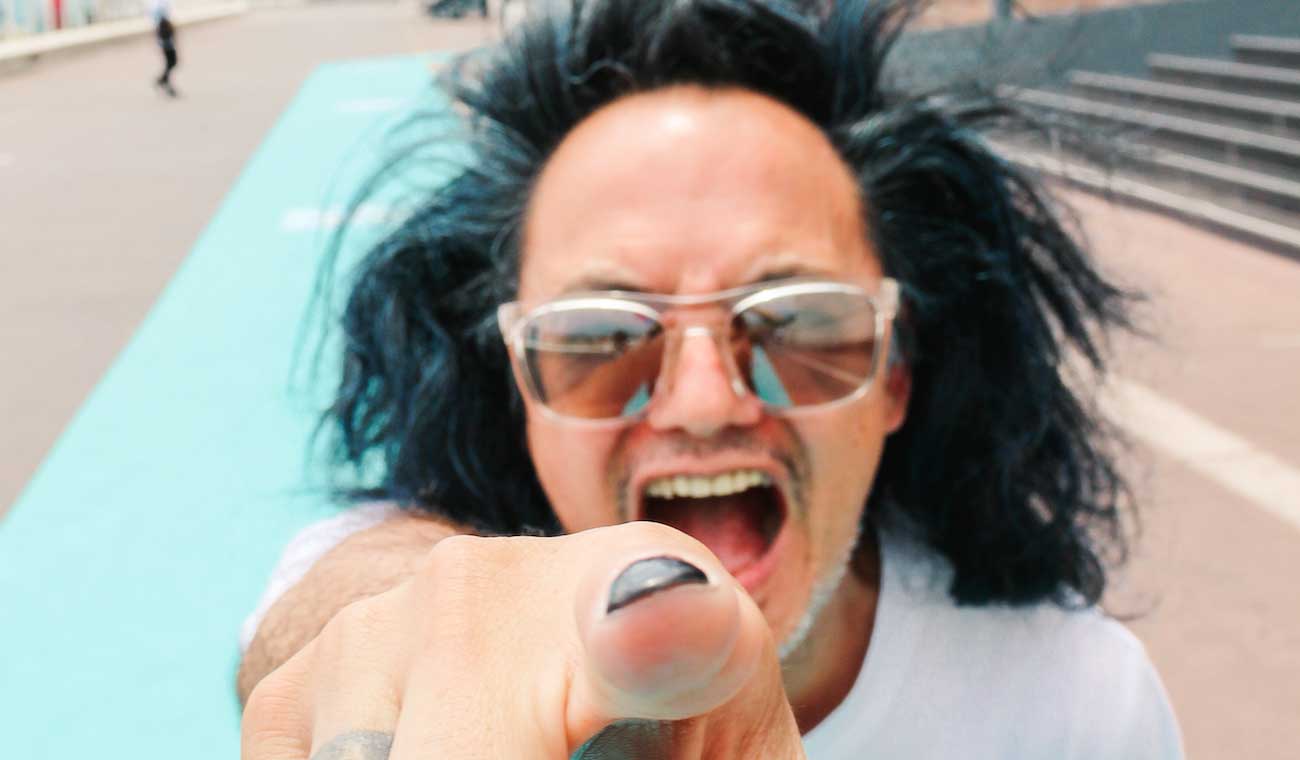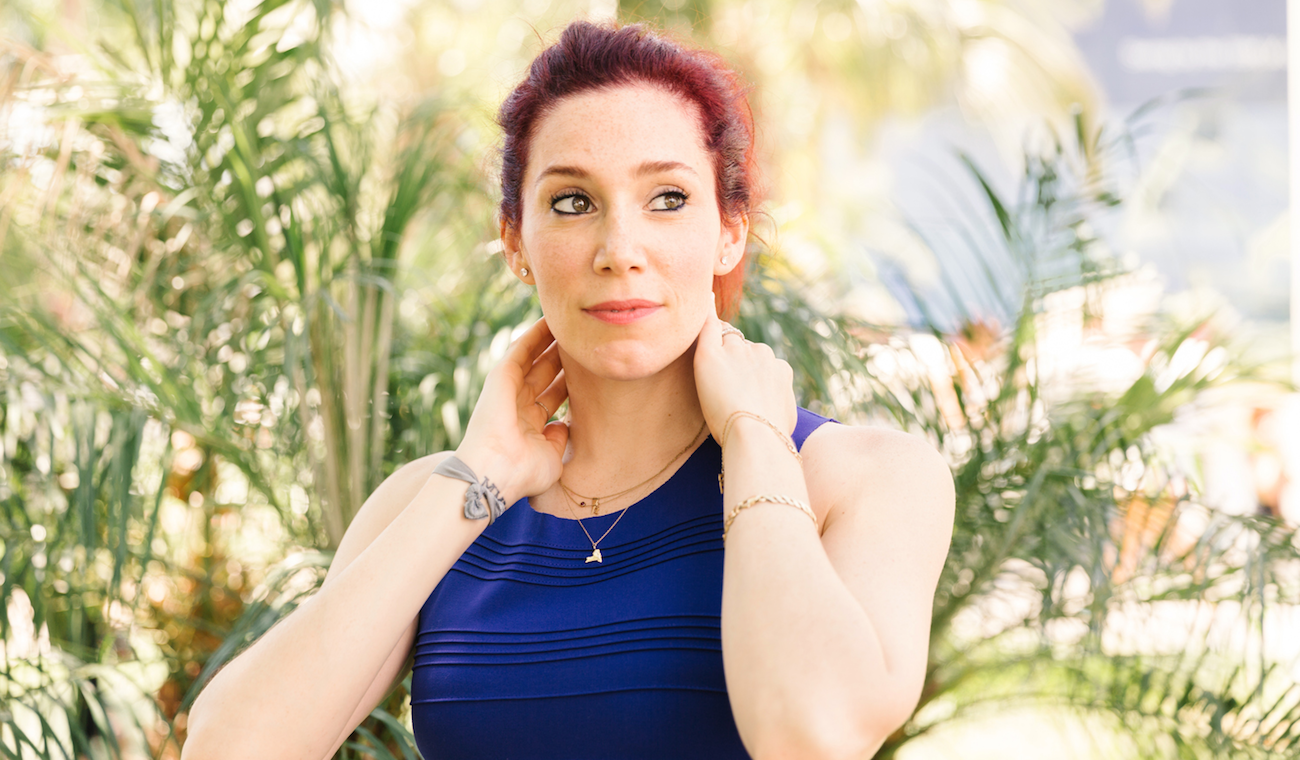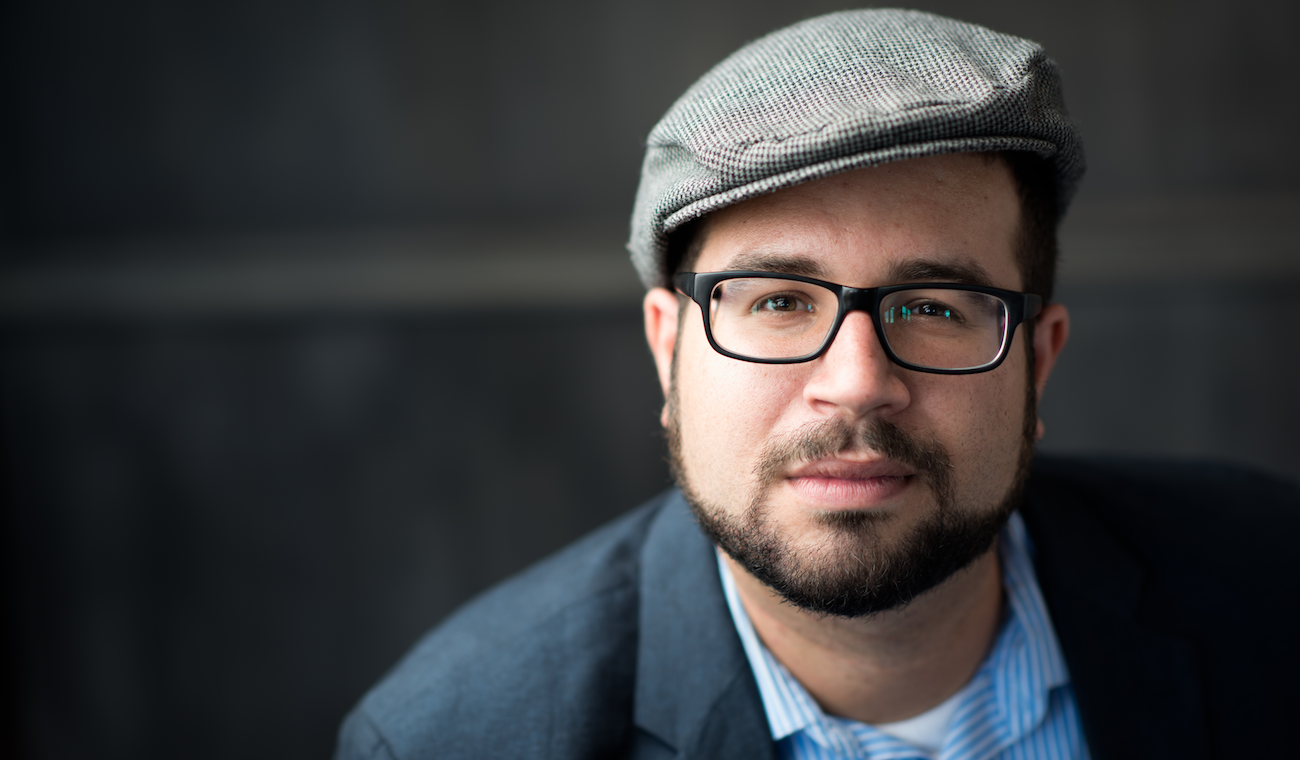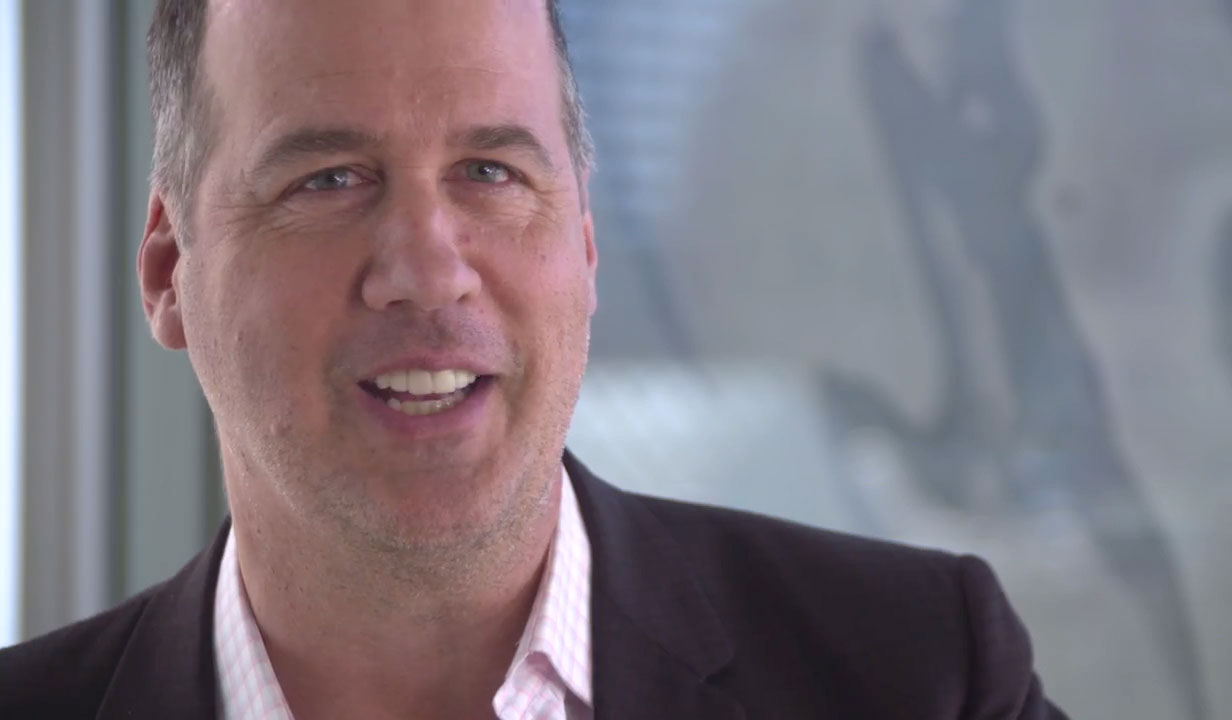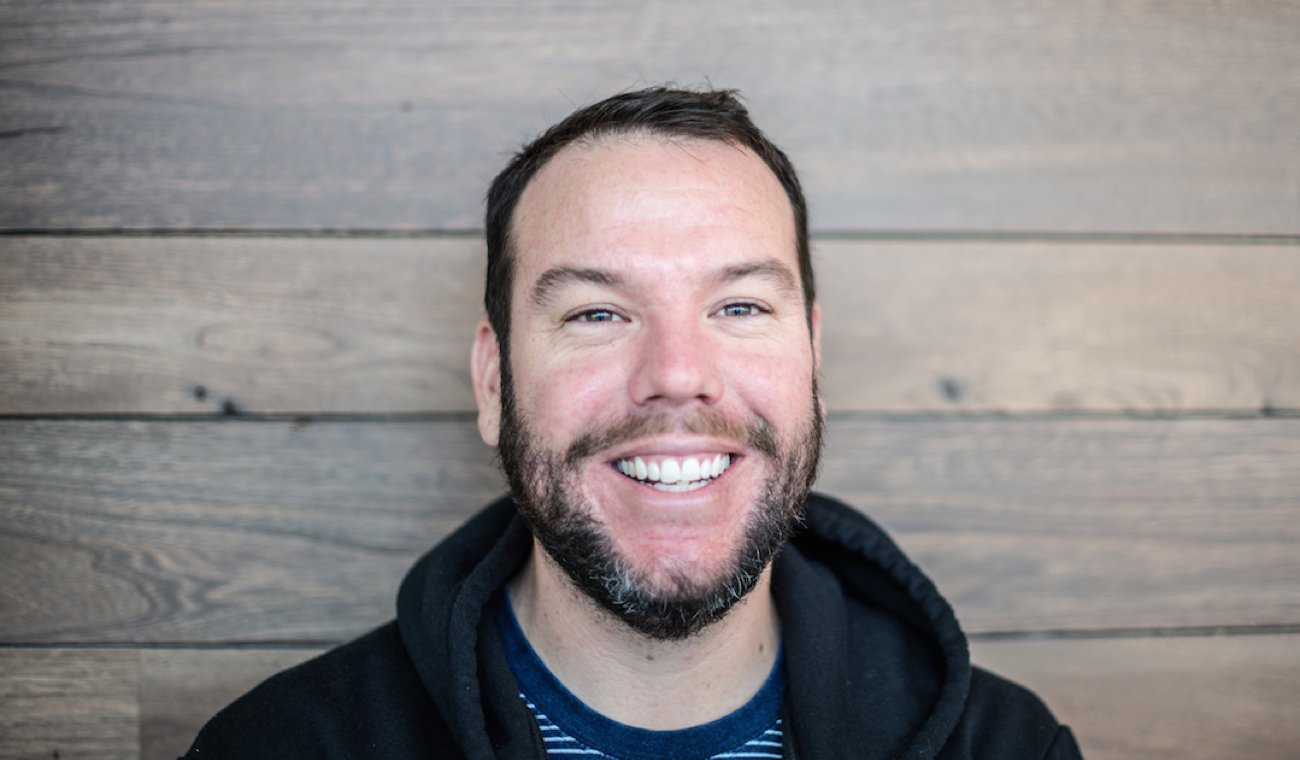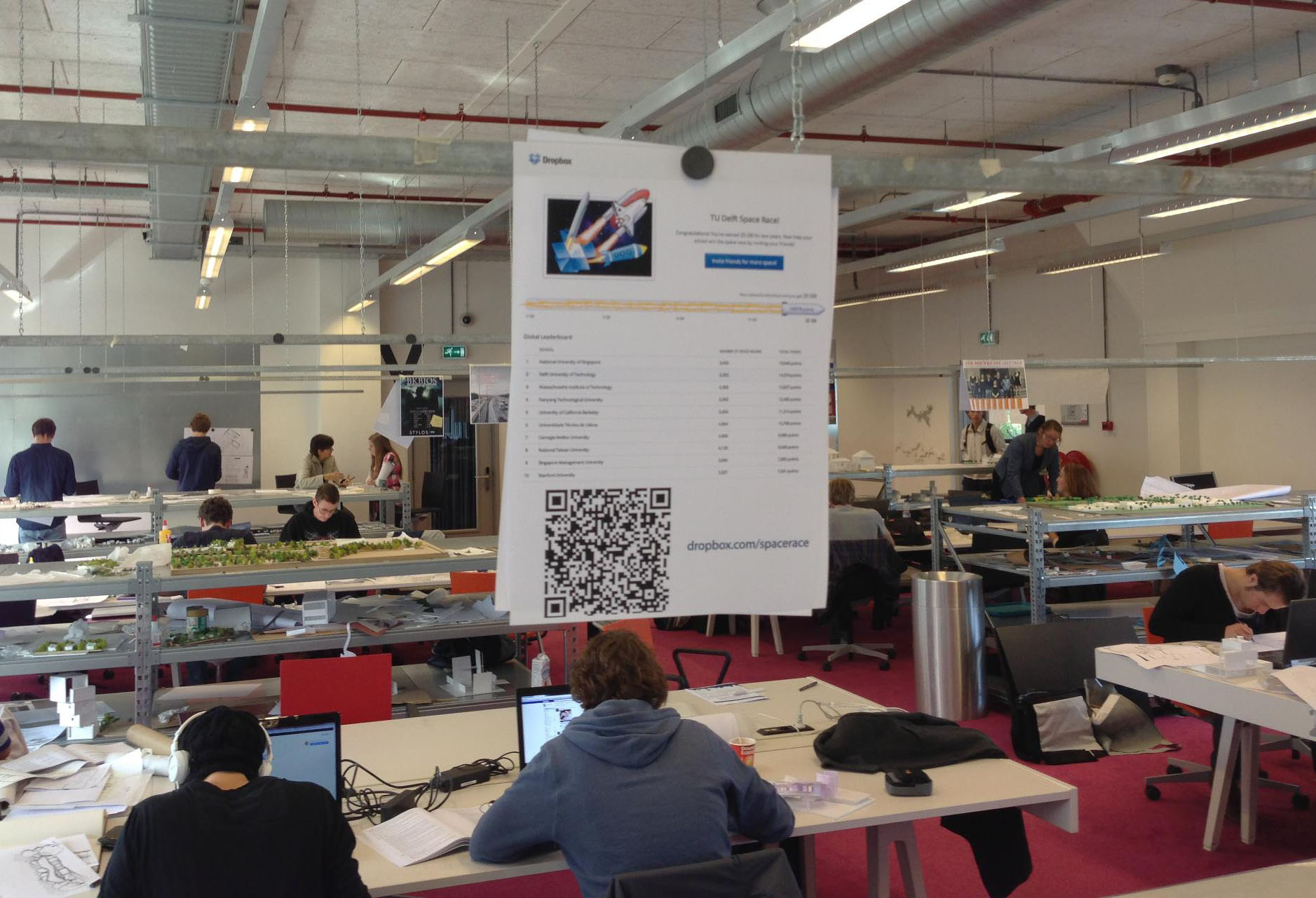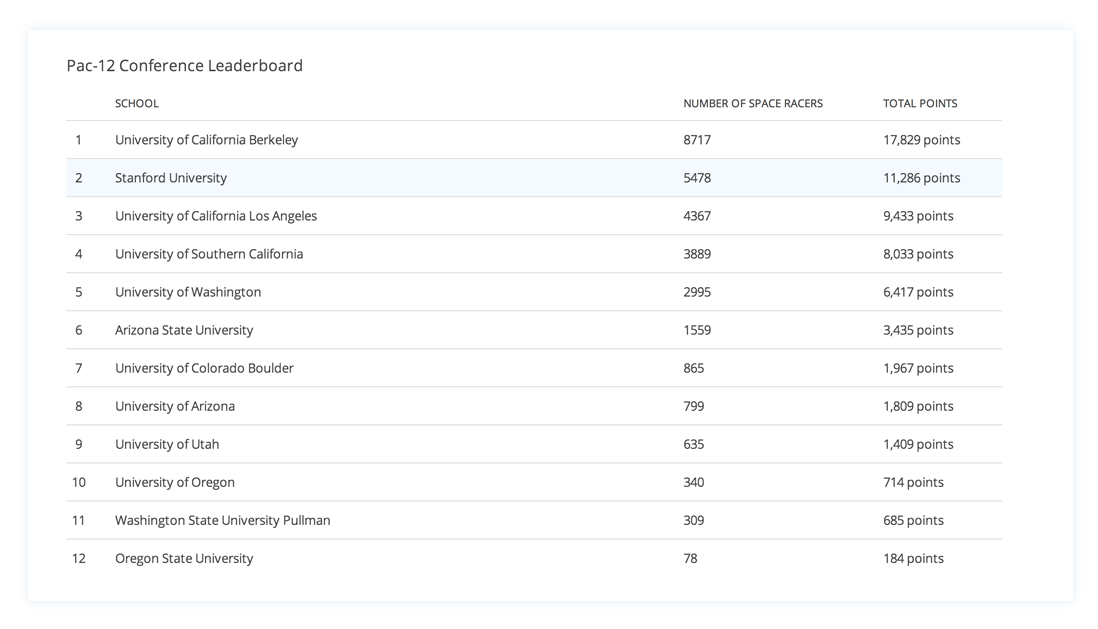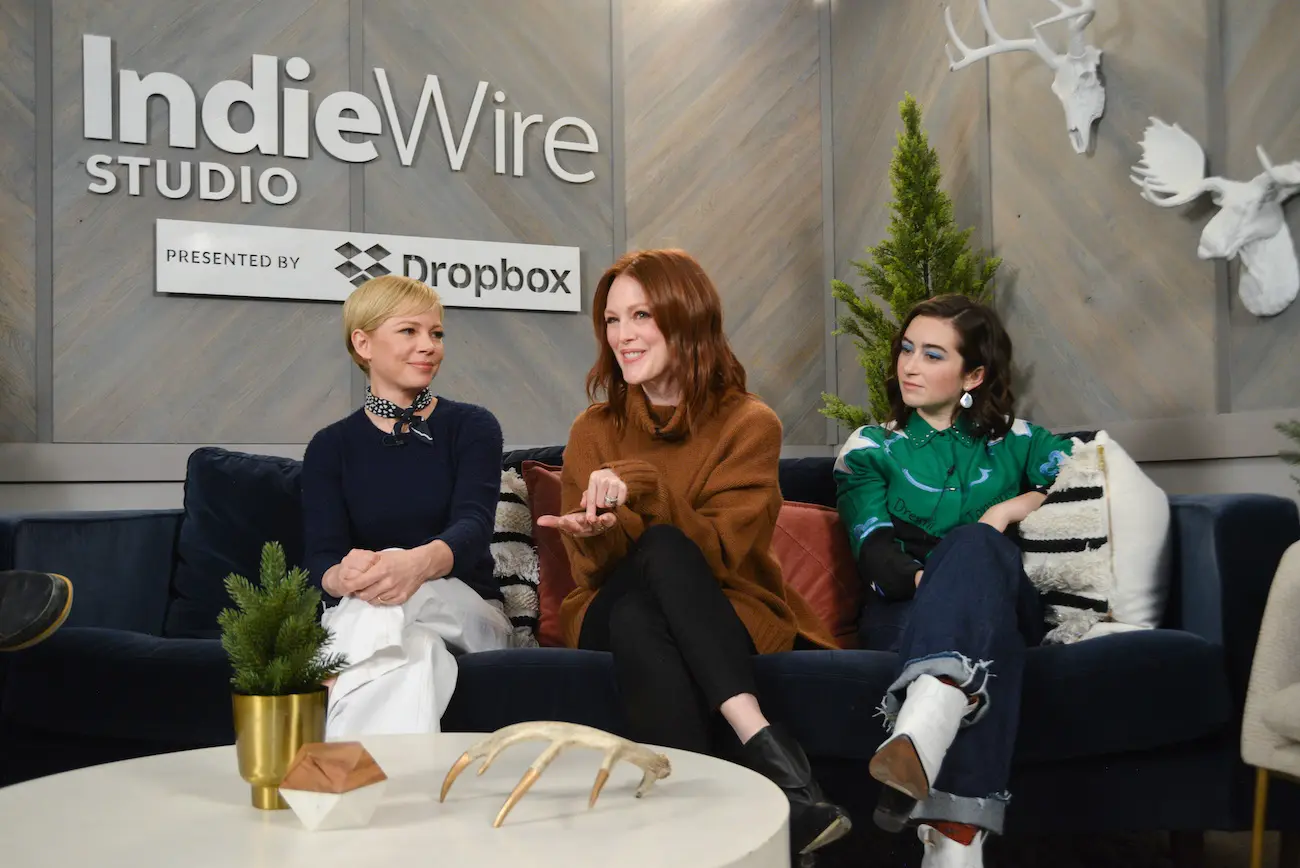
6 Sundance film crews tell us what it takes to get in flow
Published on February 06, 2019
When your team gets in the right rhythm, there’s a moment where everything clicks. The work stops feeling like work, time flies by, and the whole team gets in a state of flow. We’re on a mission to help more teams get to that flow state, so at the 2019 Sundance Film Festival, we sat down with more than a dozen film crews to hear about their experiences. How did they know they had something special, and when did everything seem to come together? Here’s what they said.
Visibility: Seeing your teammates struggle alongside you
It’s easier to get discouraged when you’re alone, or when you feel like you’re doing way more than anyone else on the team. Leigh Poindexter, production designer for Greener Grass, said it made all the difference seeing her fellow crew members going through all the same hardships together.
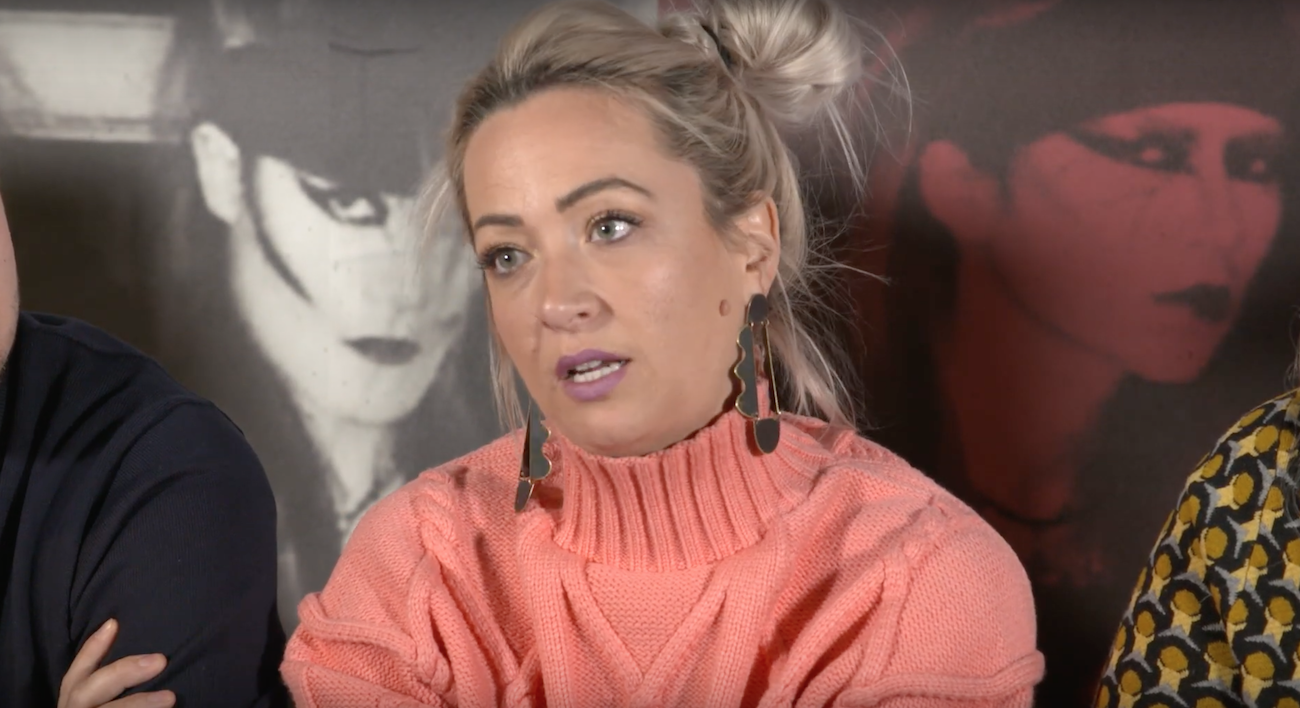
Reframing: Getting away from a 9-to-5 mindset
On the set of Jawline, director Liza Mandelup didn’t want her crew to feel like they had to clock in and out at specific times. Instead, the team was able to put aside time constraints and focus on making the documentary as good as it could be.
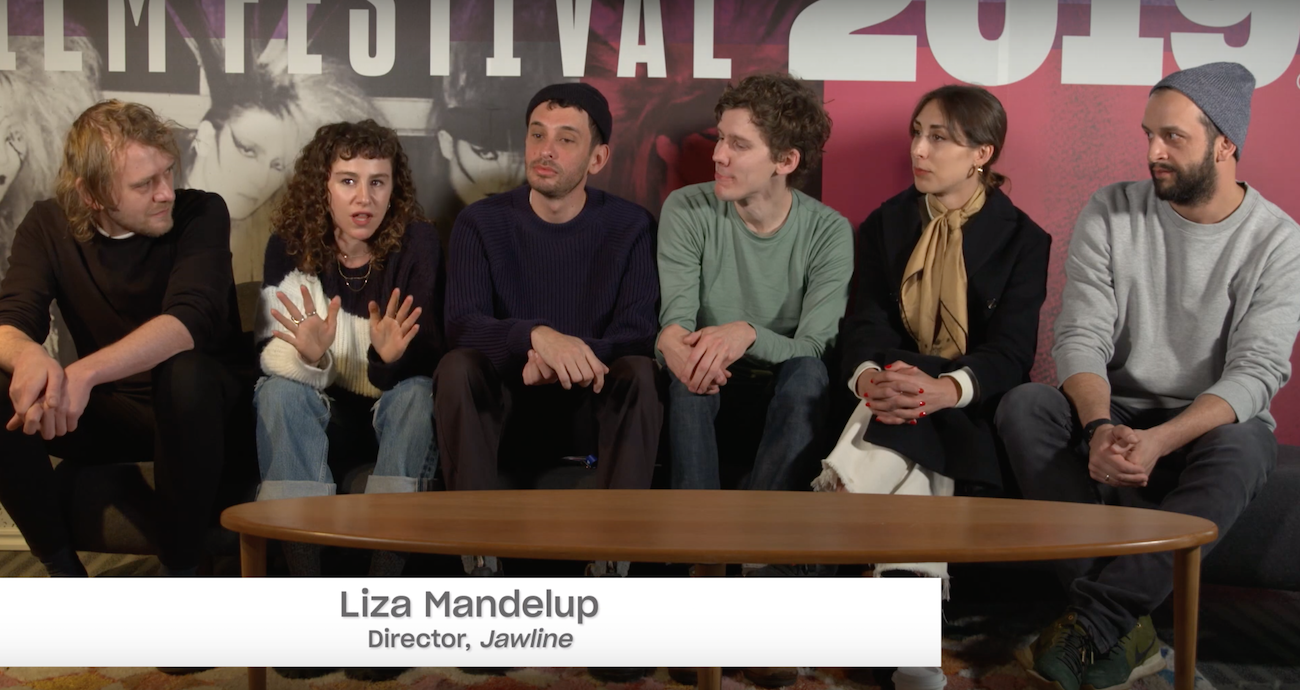
Embracing wackiness: Running toward challenges
Sometimes a project works better the weirder it gets. For Little Monsters—a movie about zombies attacking an elementary school—both Josh Gad and Lupita Nyong’o praised director Abe Forsythe for being open to such delightfully bizarre tonal contrasts and challenges. His mindset helped both actors embrace the film’s quirky style.
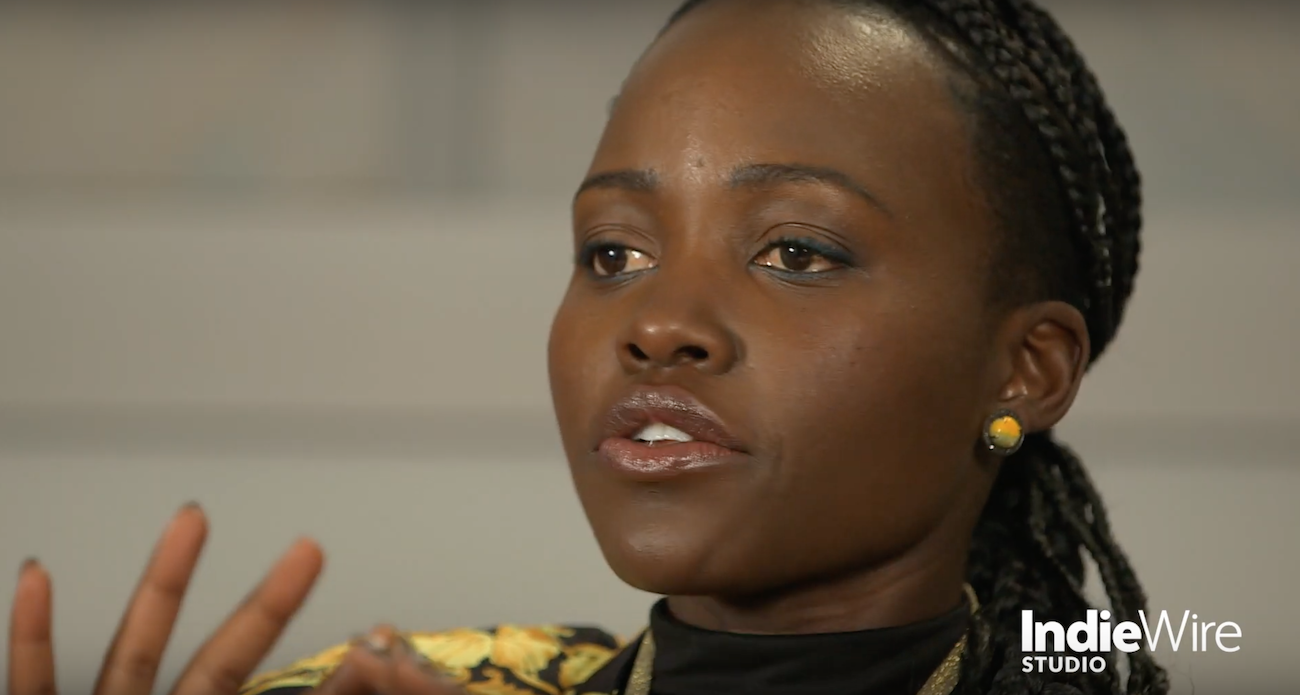
Infectious energy: Leading by example to inspire the team
Some teams have a key player the rest of the crew will follow. For the cast of Brittany Runs a Marathon, lead actor Jillian Bell served that role. Fellow actor Micah Stock explains how Jillian’s passion infected the rest of the cast.

Location: Finding flow in your surrounding environment
For office workers, leaving your desk behind can often be the key to getting back in the groove. Similarly, actor Rob Morgan of The Last Black Man in San Francisco said he “felt the flow” once he arrived in the city’s Tenderloin neighborhood. Being on location gave him a sense of the “frequency” of the town, a huge help for getting in character.

Motivation: Putting work before money
Sometimes teams have the luxury of doing a project for the love of the material, rather than for a paycheck. Actor Julianne Moore explains how nice it was to work on After the Wedding, a film with a small budget, but a cast and crew that were there “because they wanted to be there.”



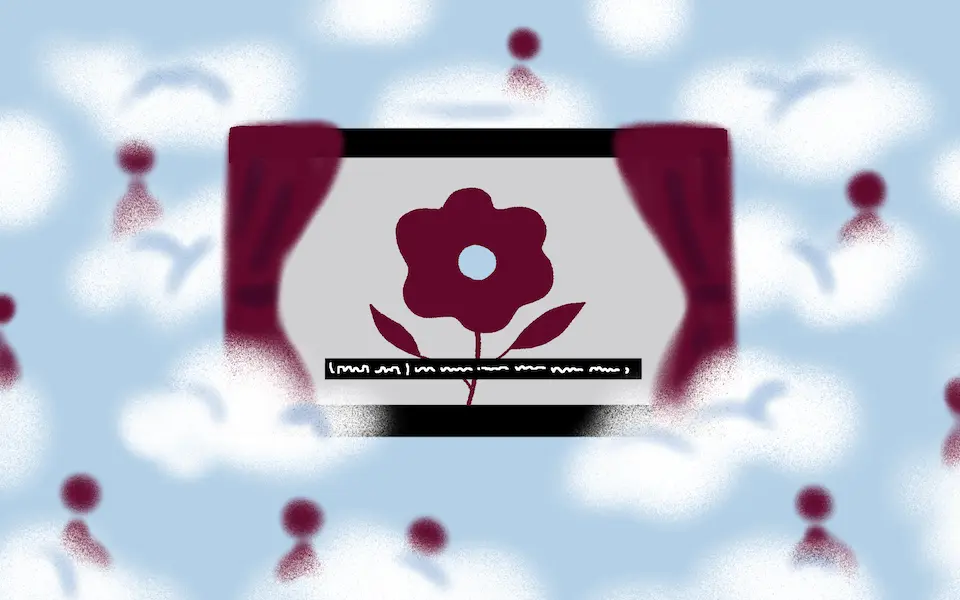
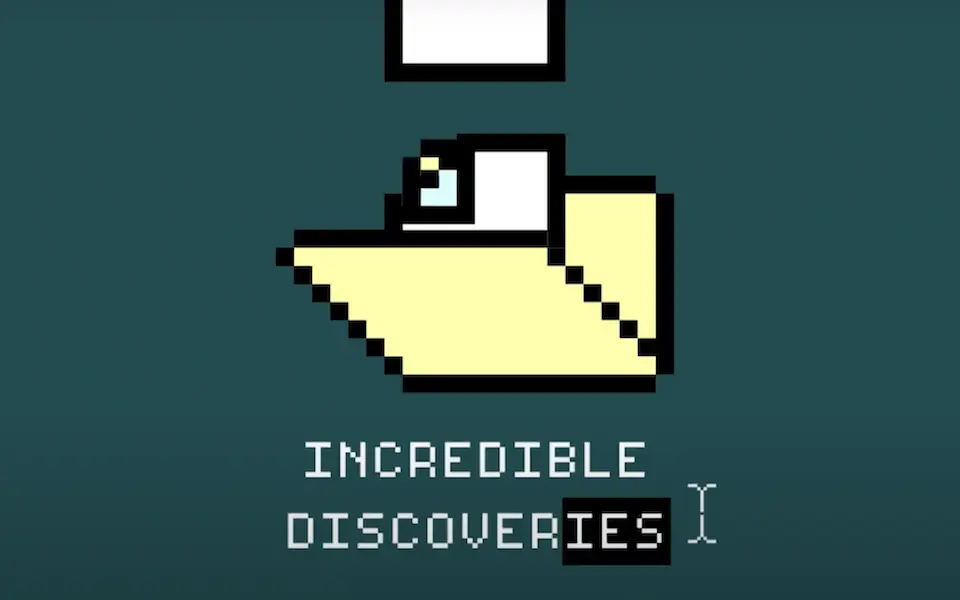
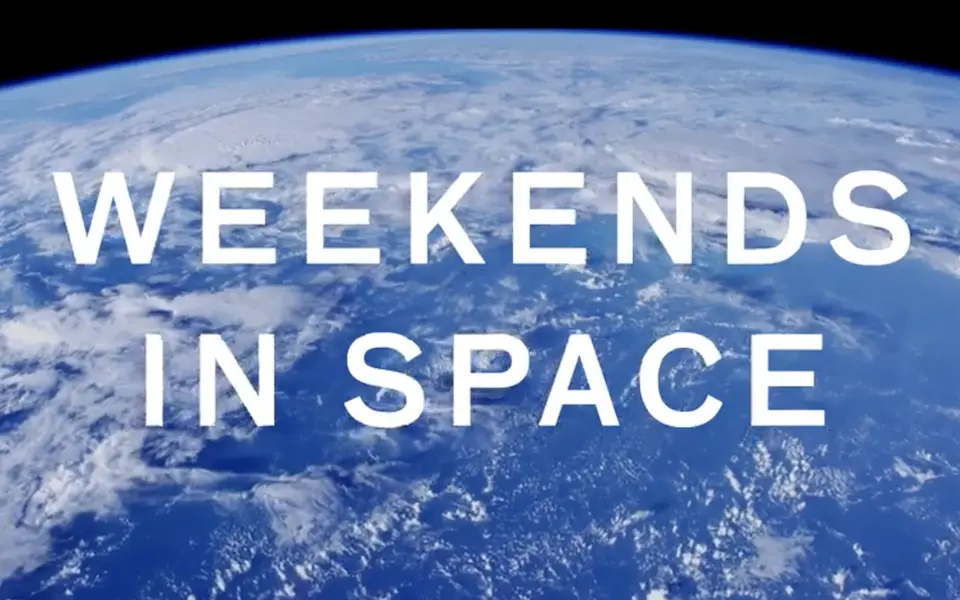
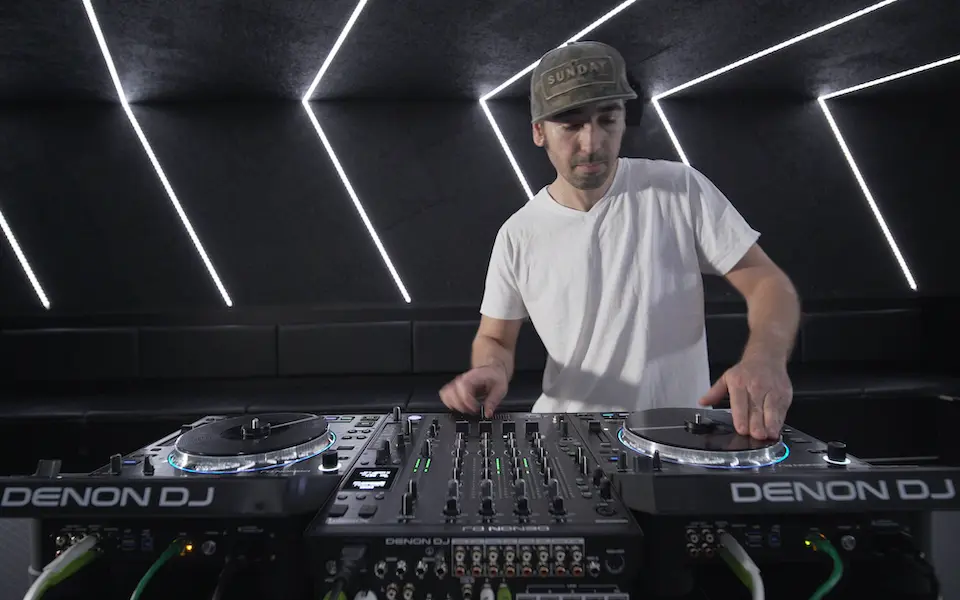
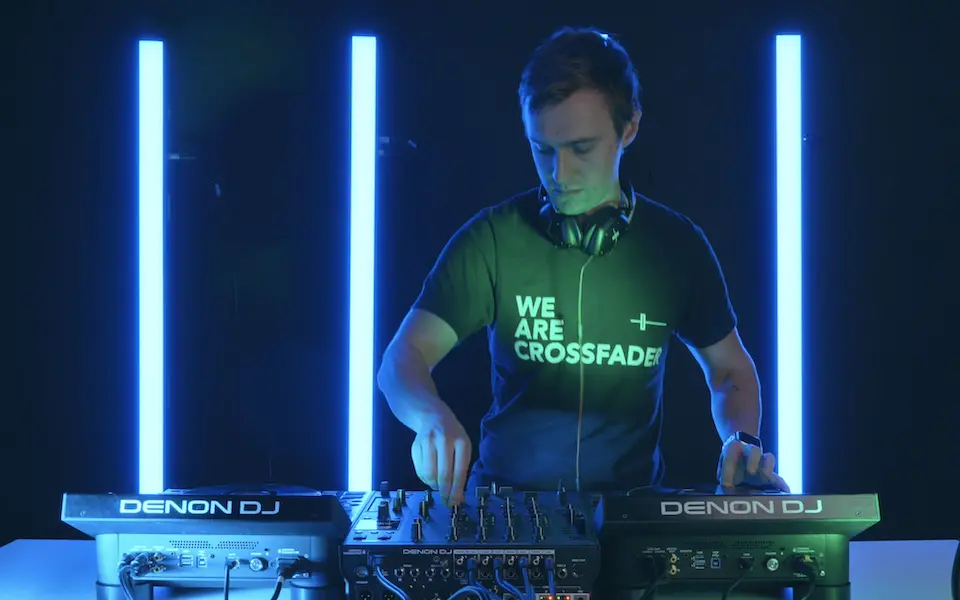



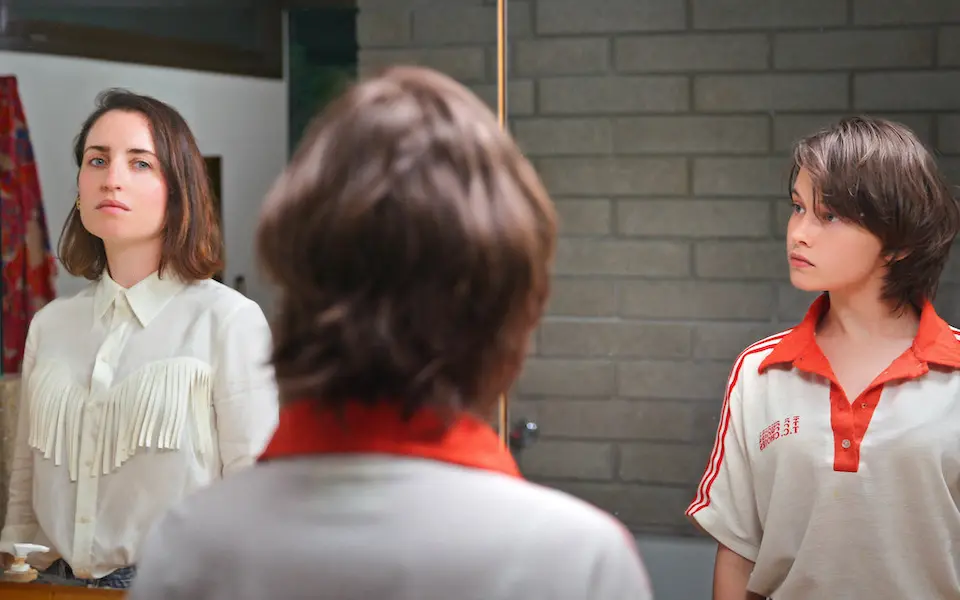

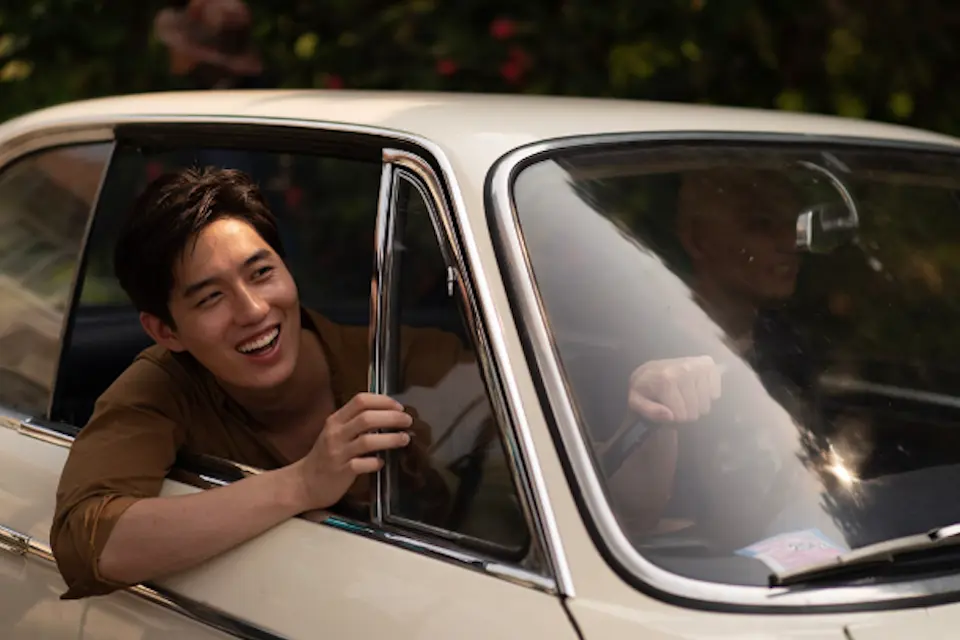


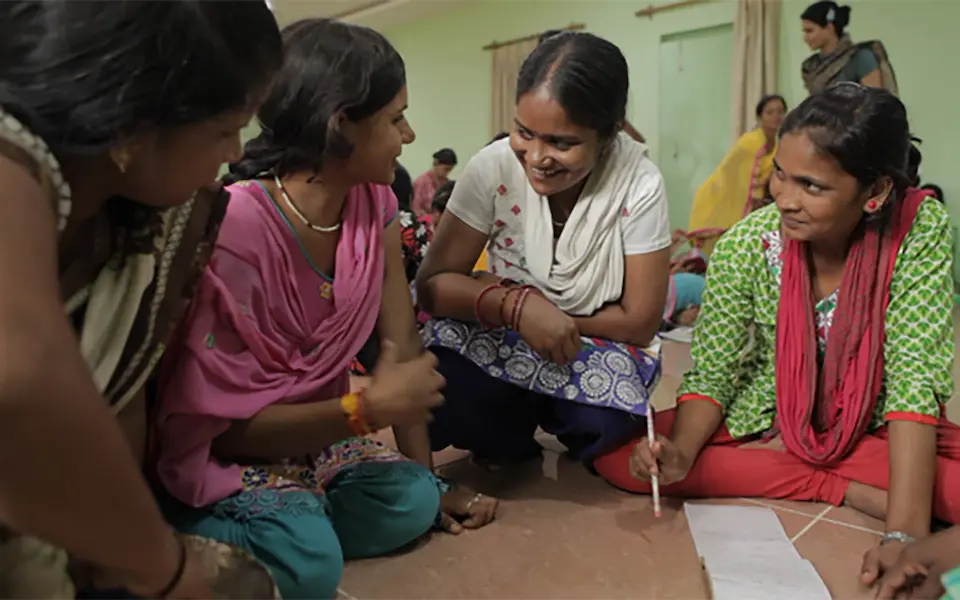
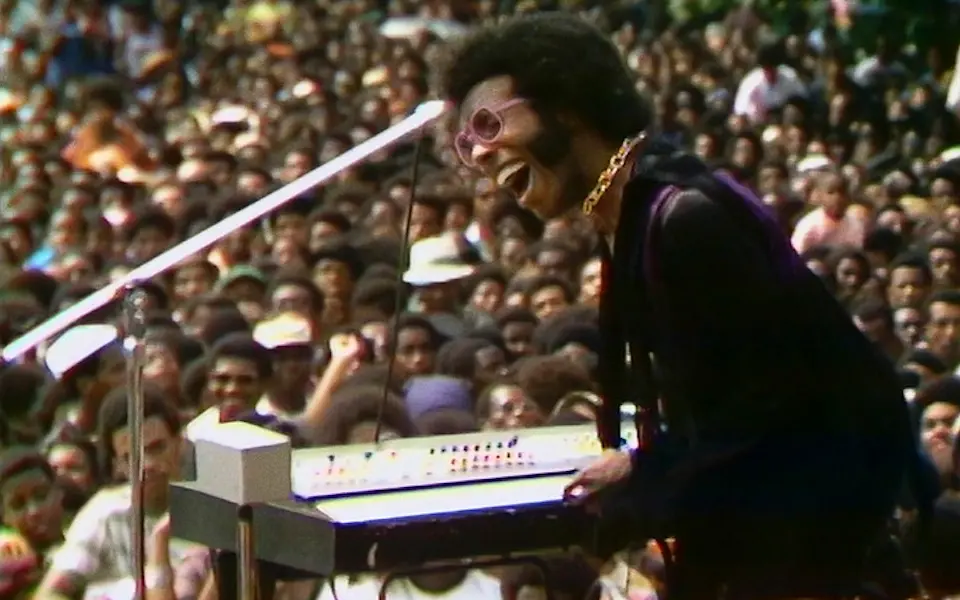
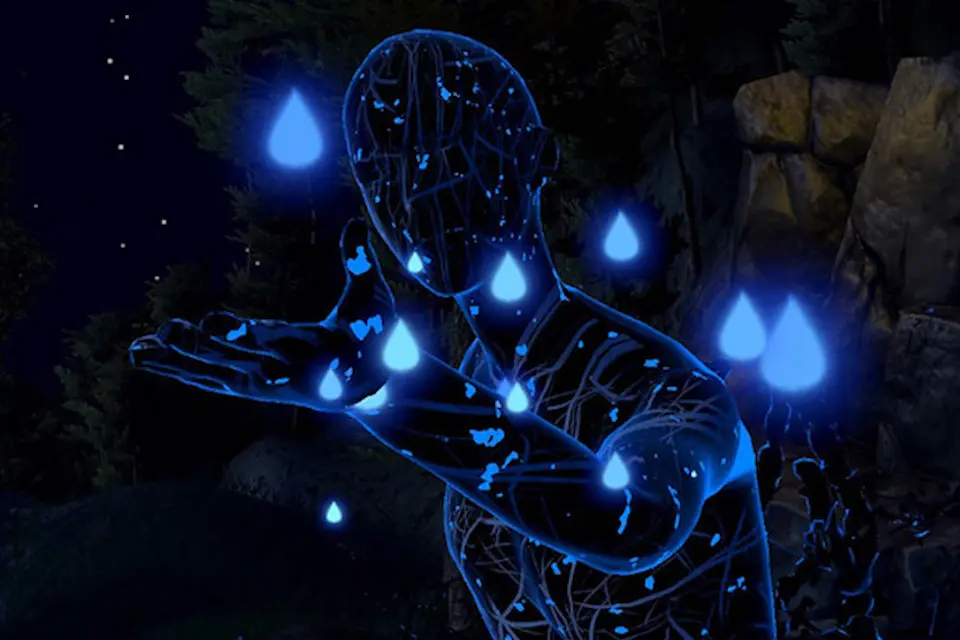
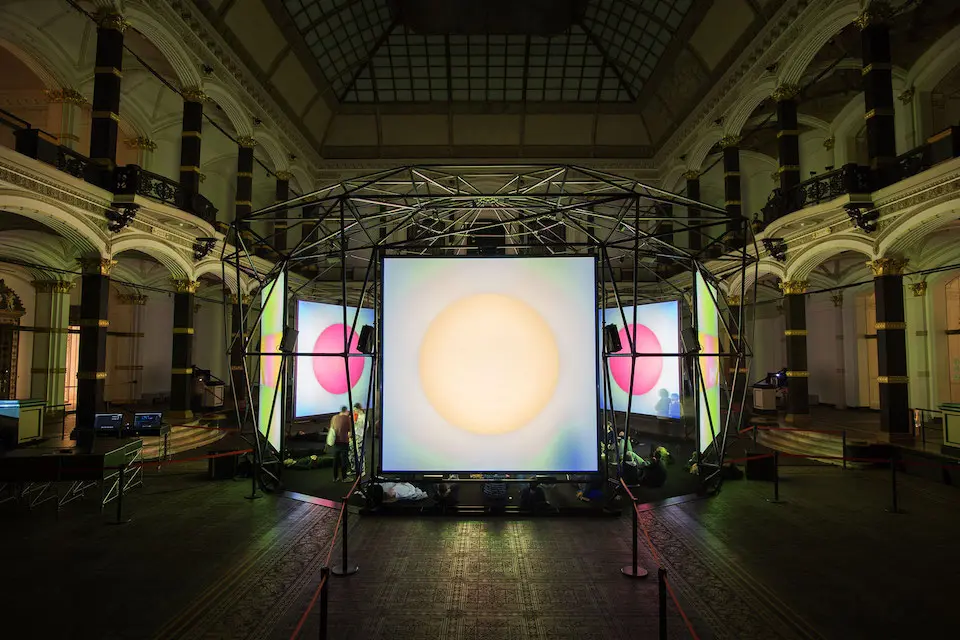


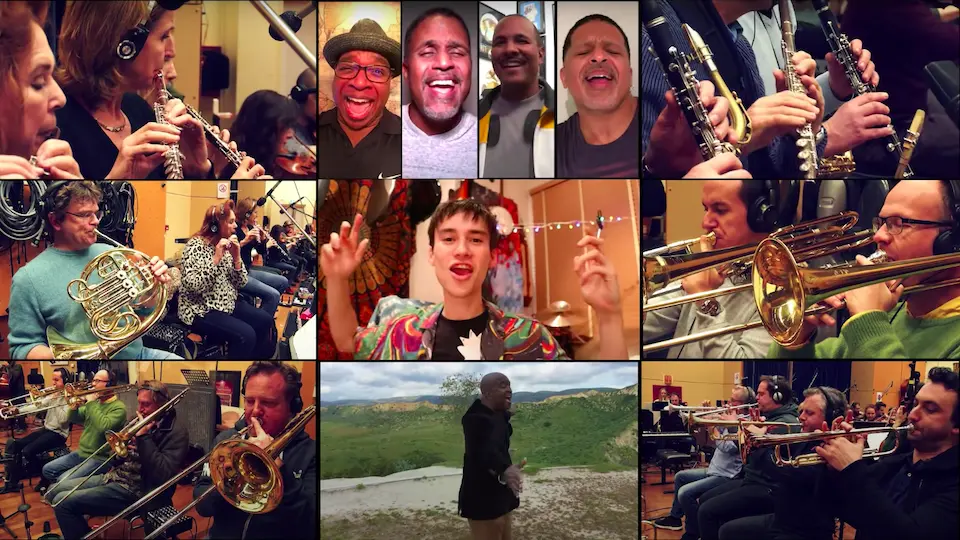

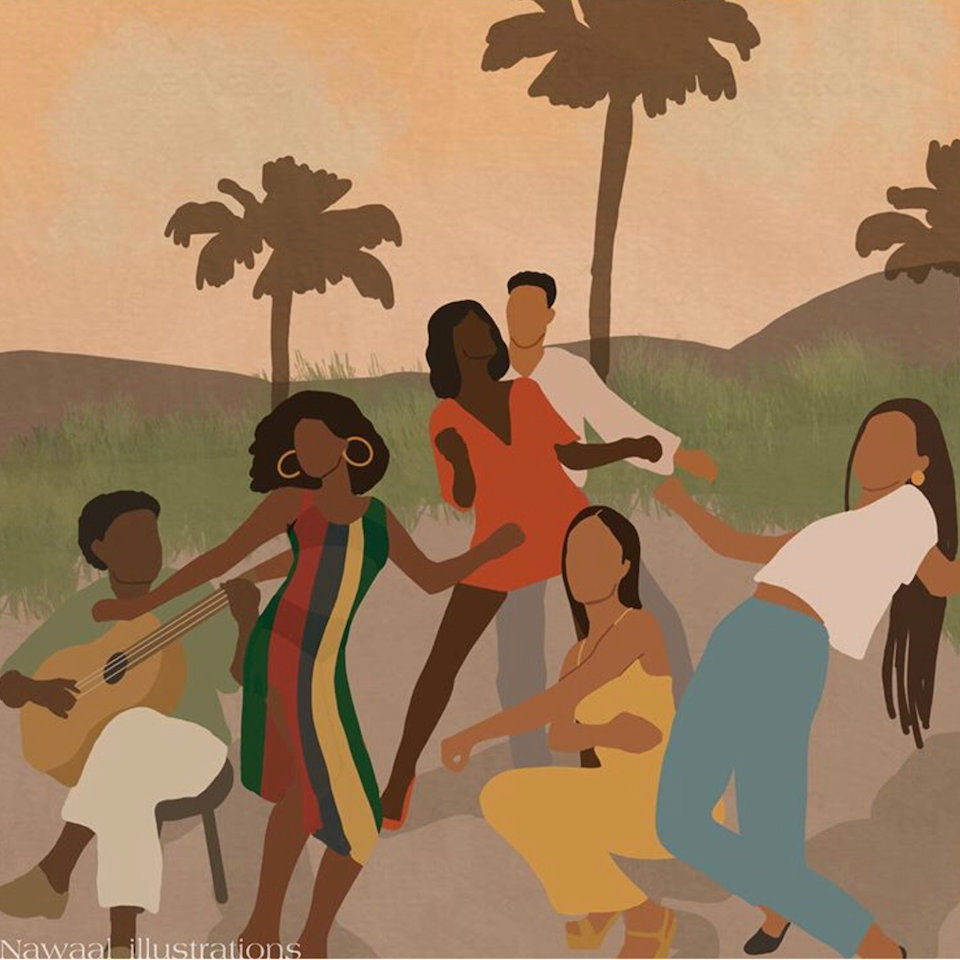


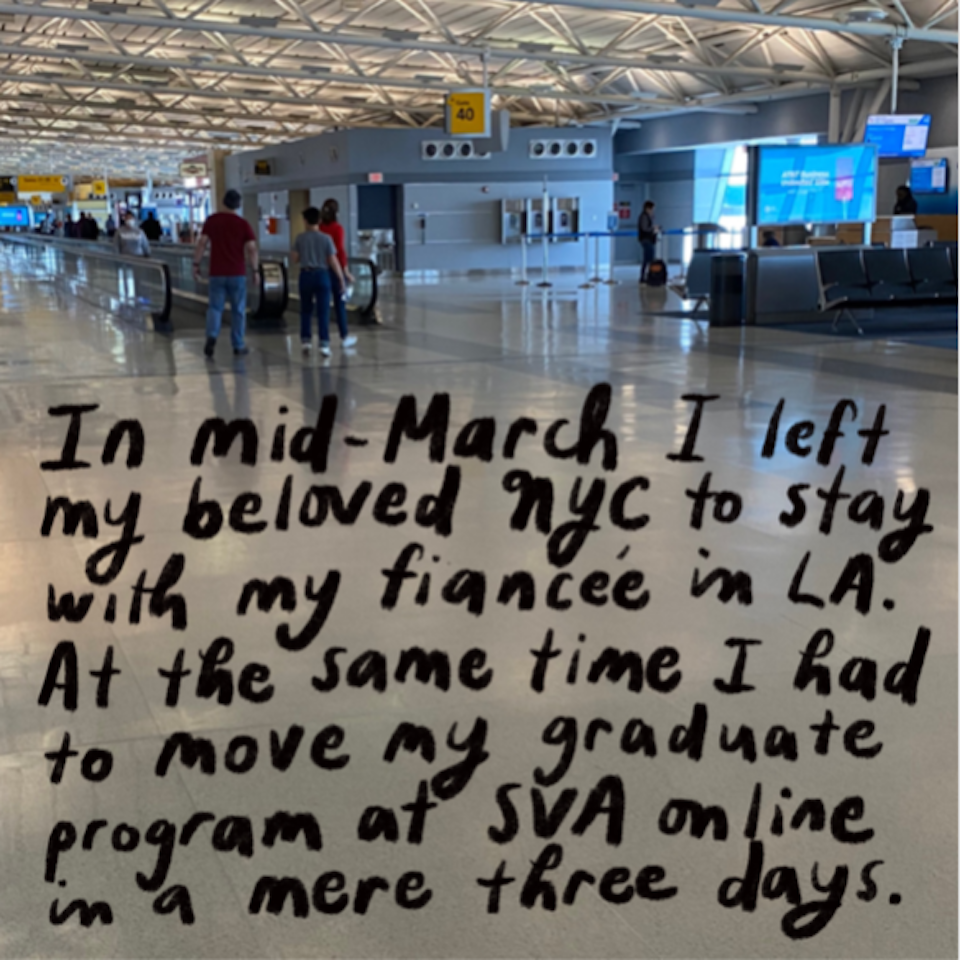
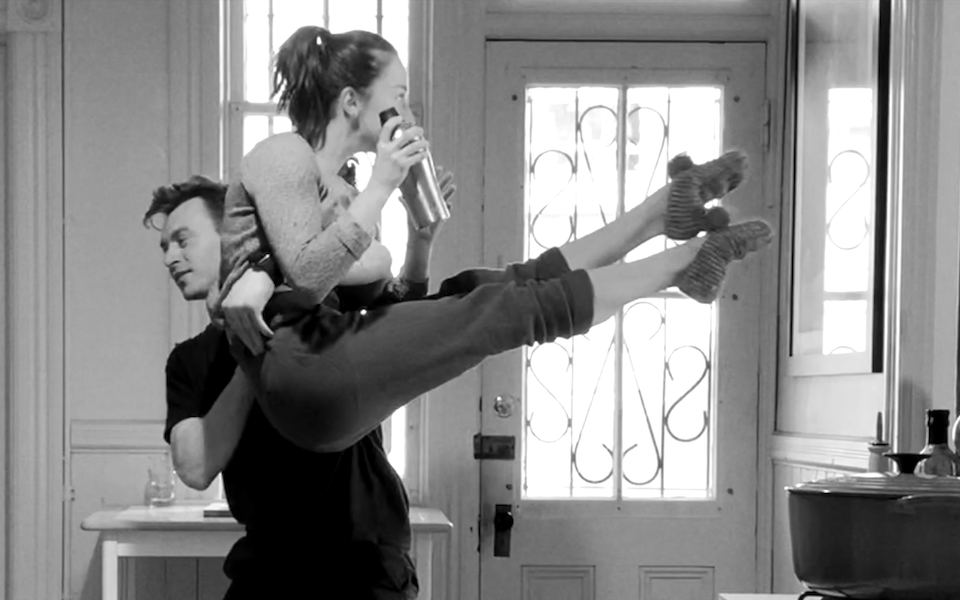
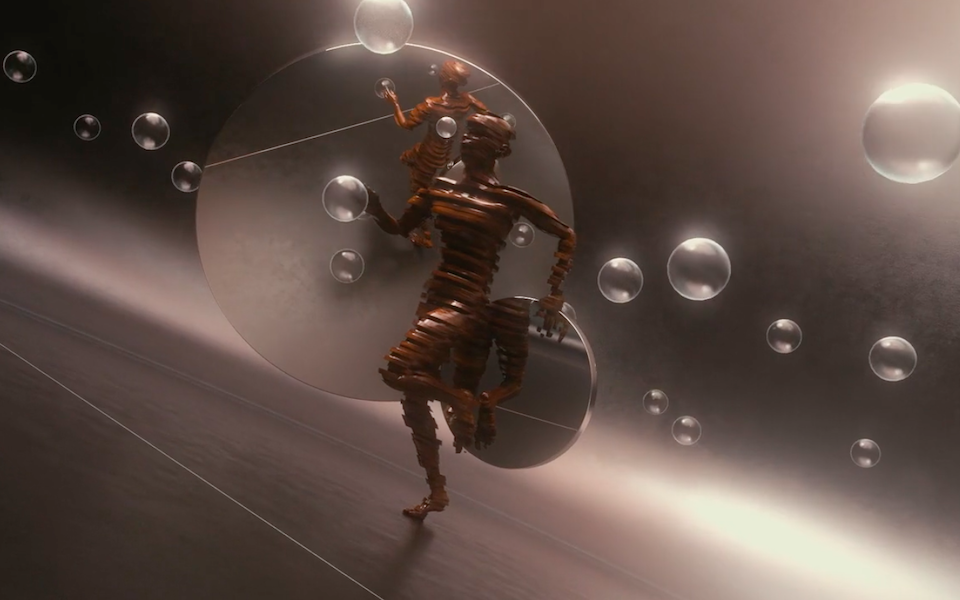




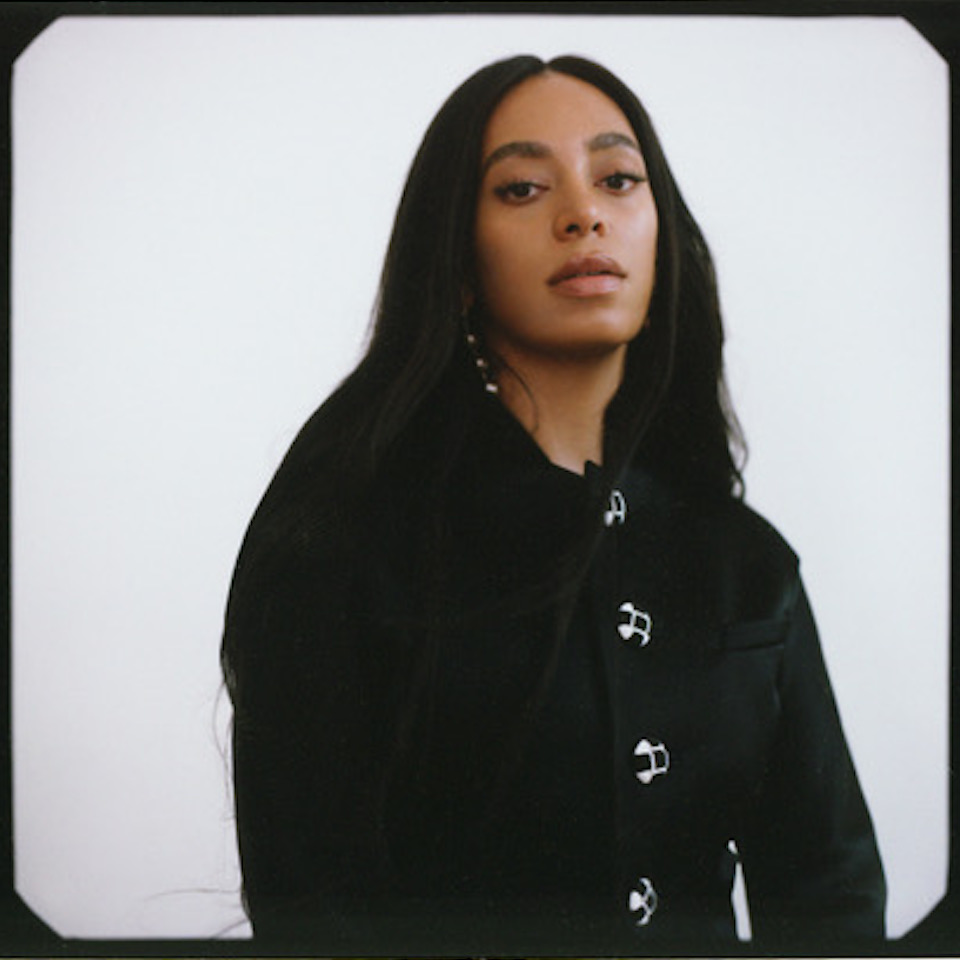

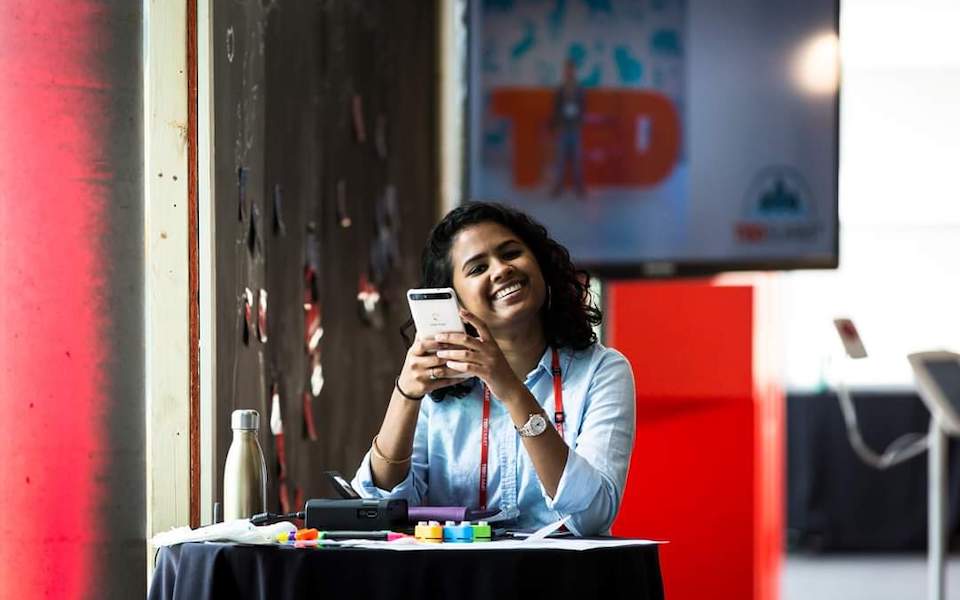


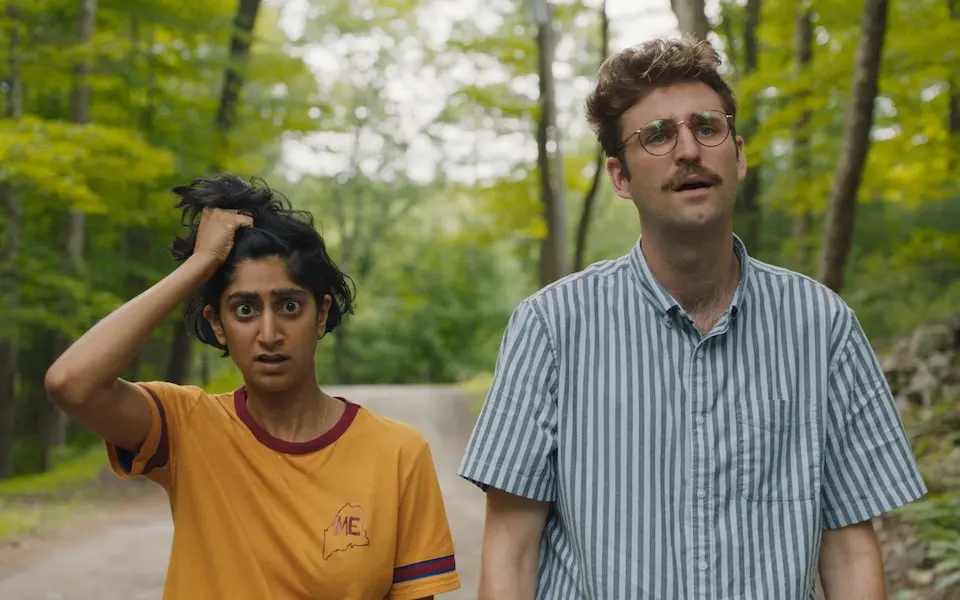
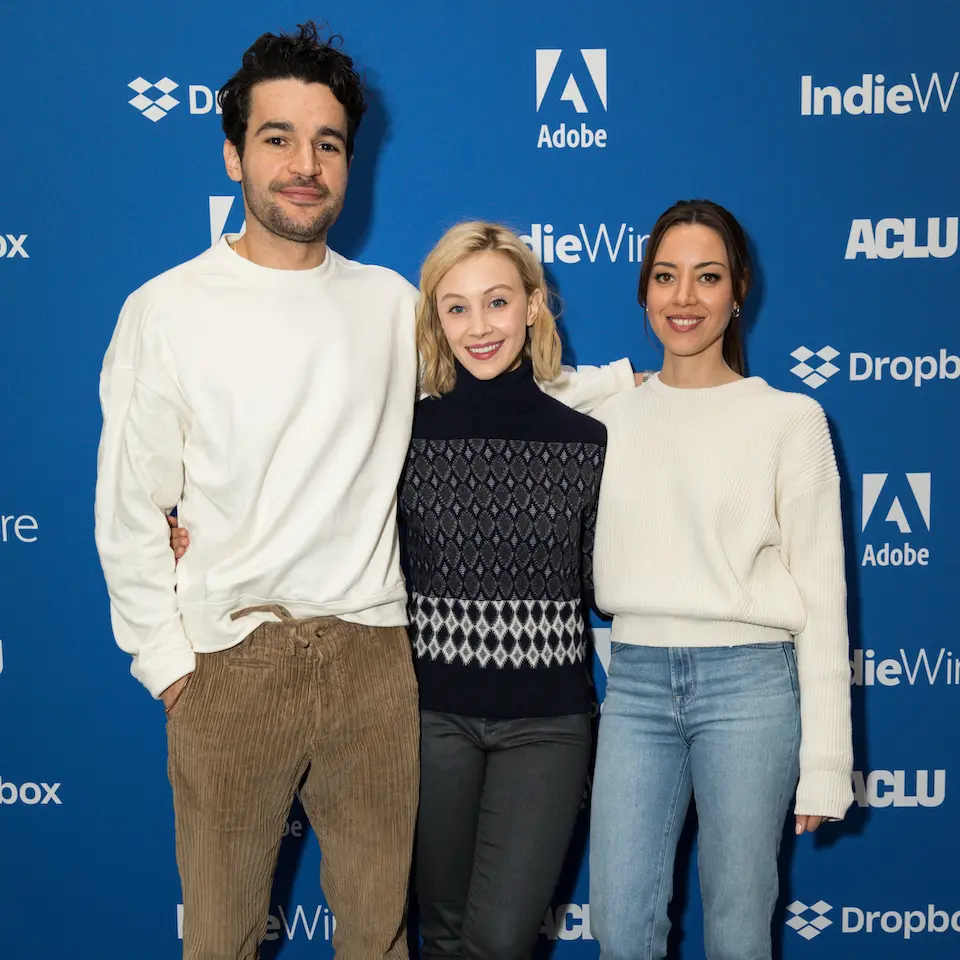
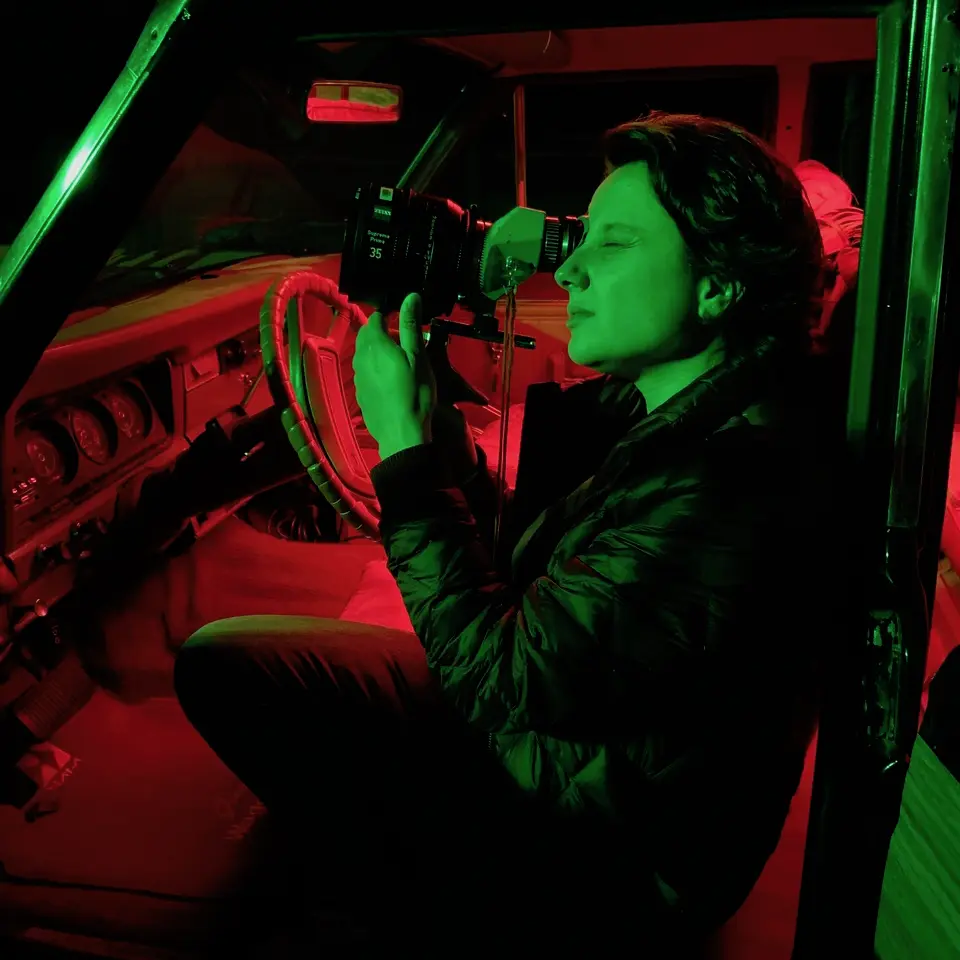
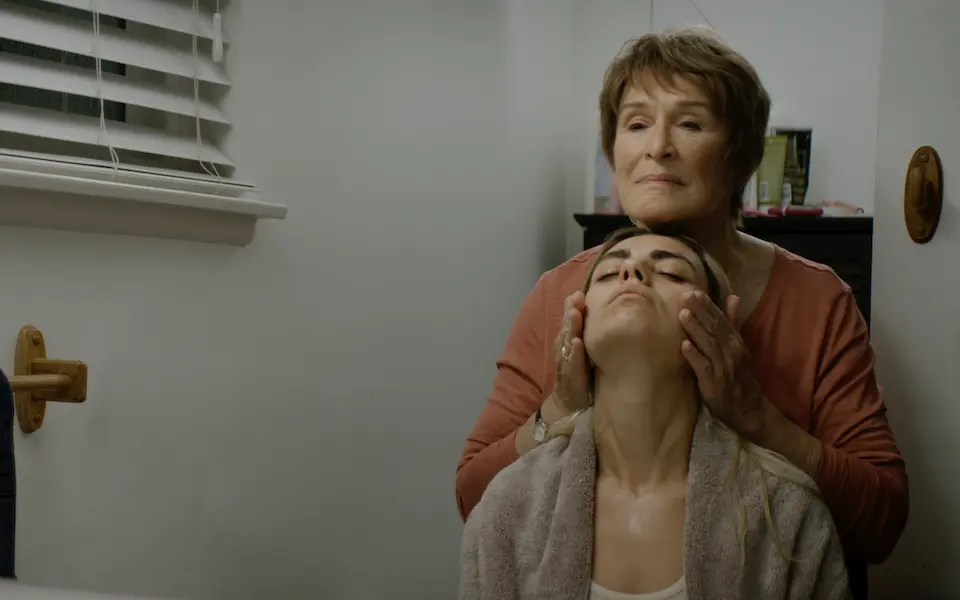

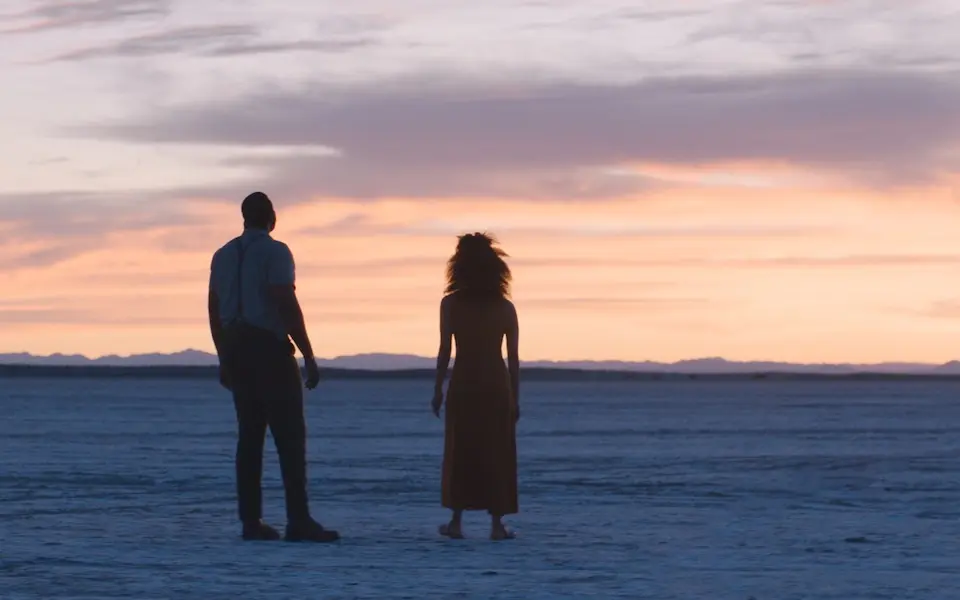
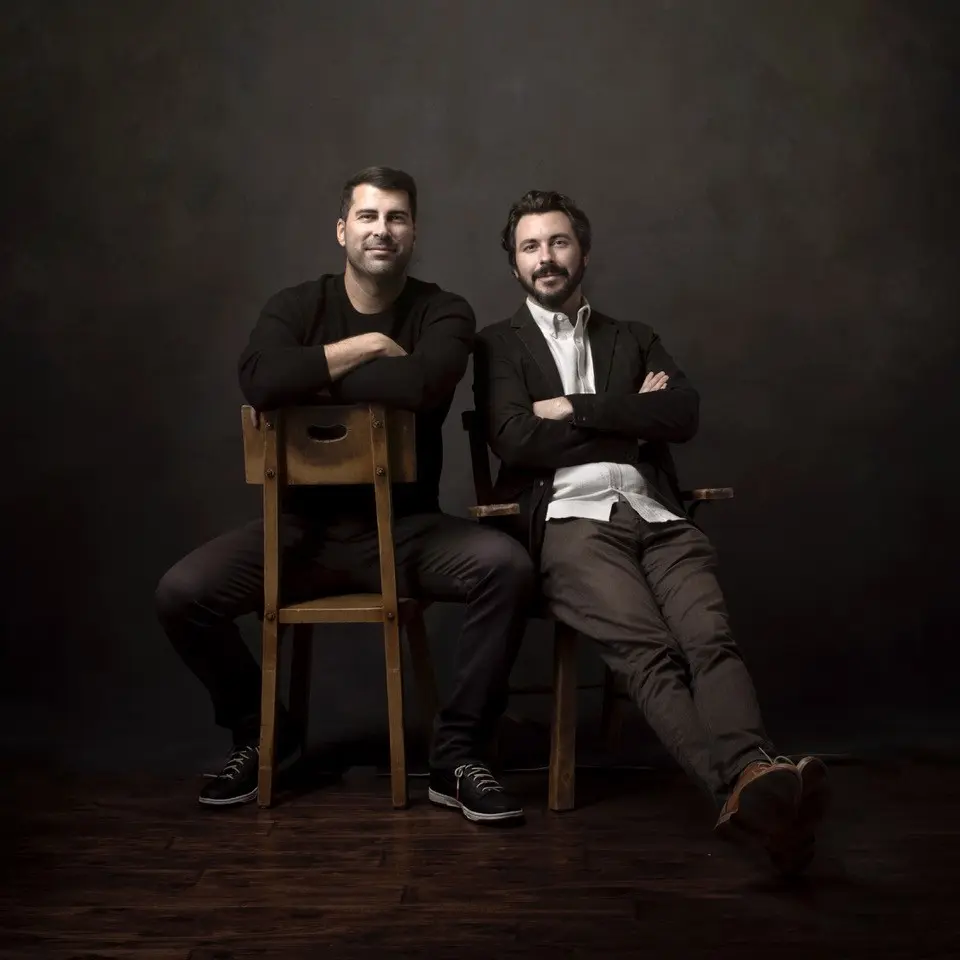



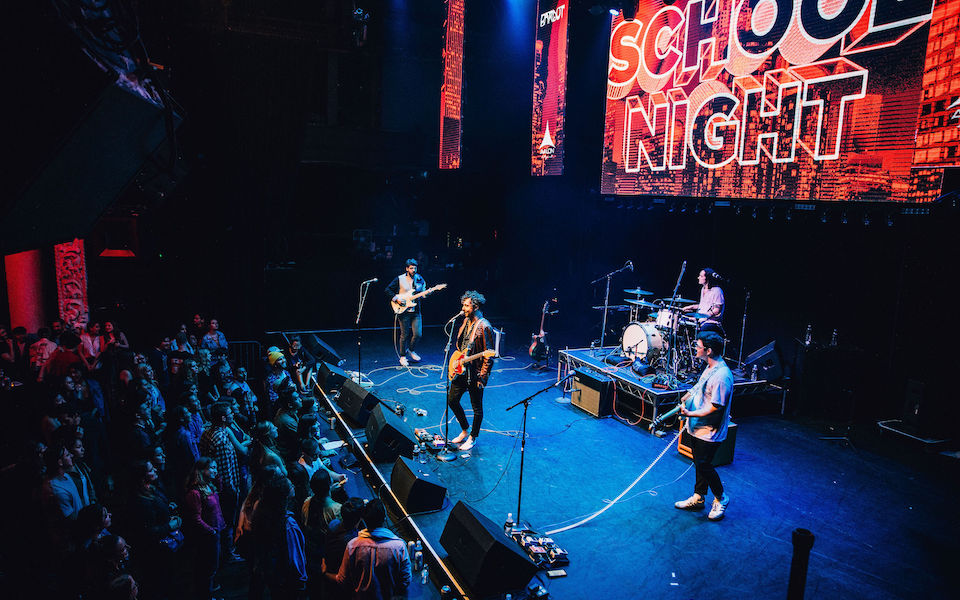






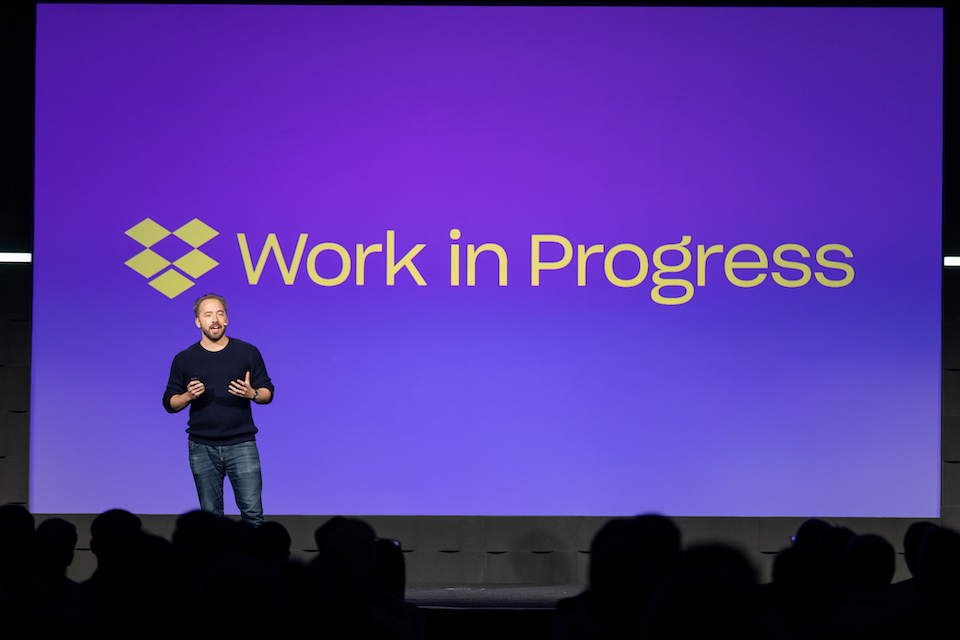



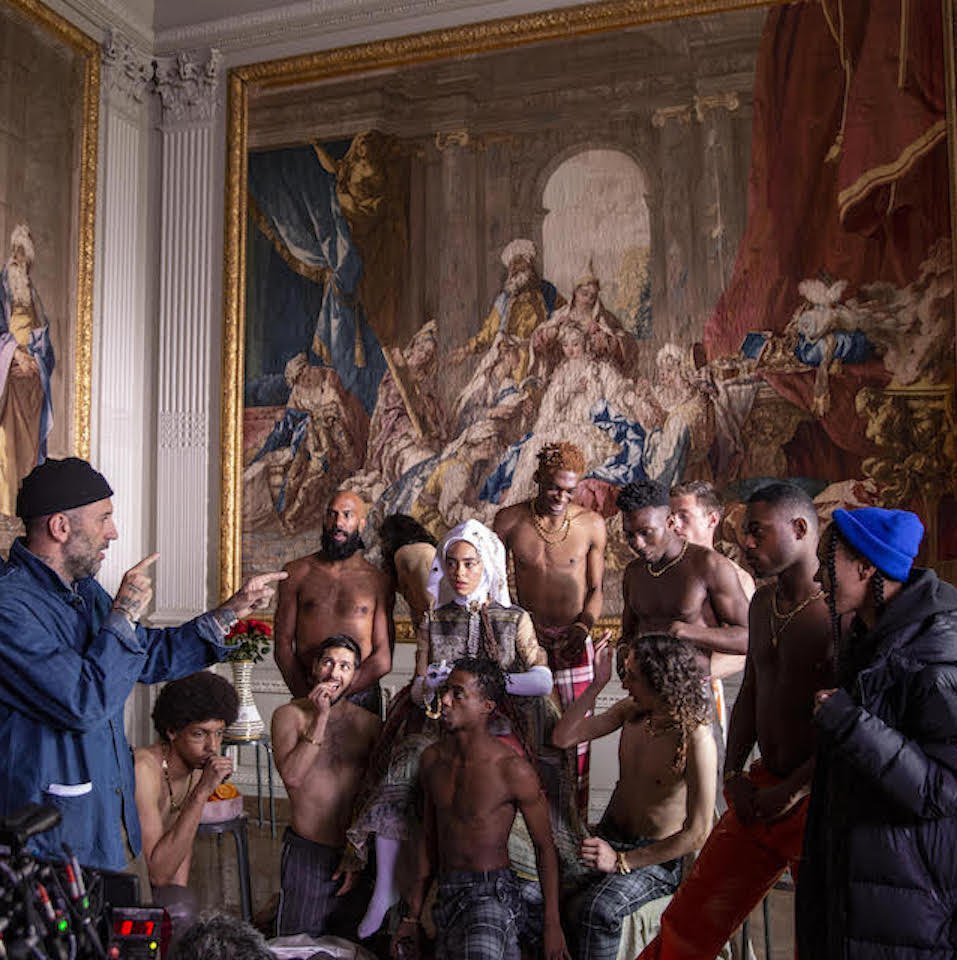

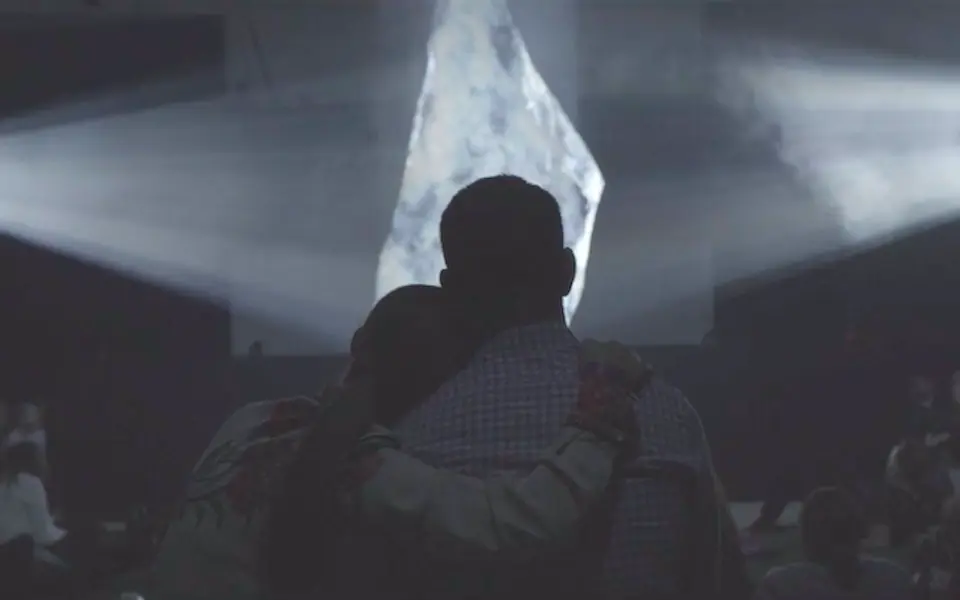
.png/_jcr_content/renditions/Karen%20O%20%2B%20Danger%20Mouse%20(photo%20by%20Eliot%20Lee%20Hazel).webp)







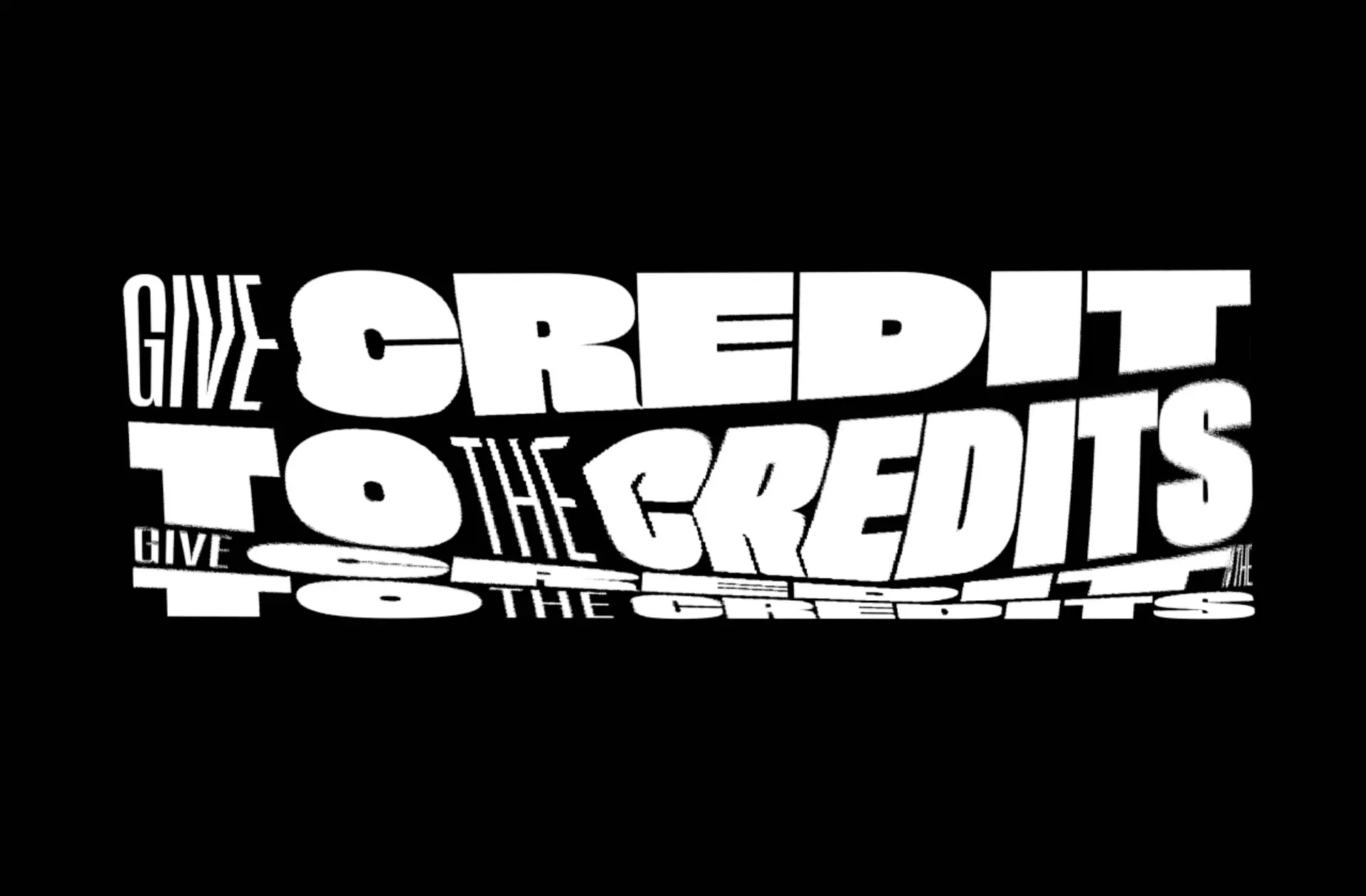
.jpg/_jcr_content/renditions/Extremely%20Wicked%20Shockingly%20Evil%20and%20Vile_Sundance19_Director%20Joe%20Berlinger%20(3).webp)

.jpg/_jcr_content/renditions/Bedlam%2014%20(1).webp)

